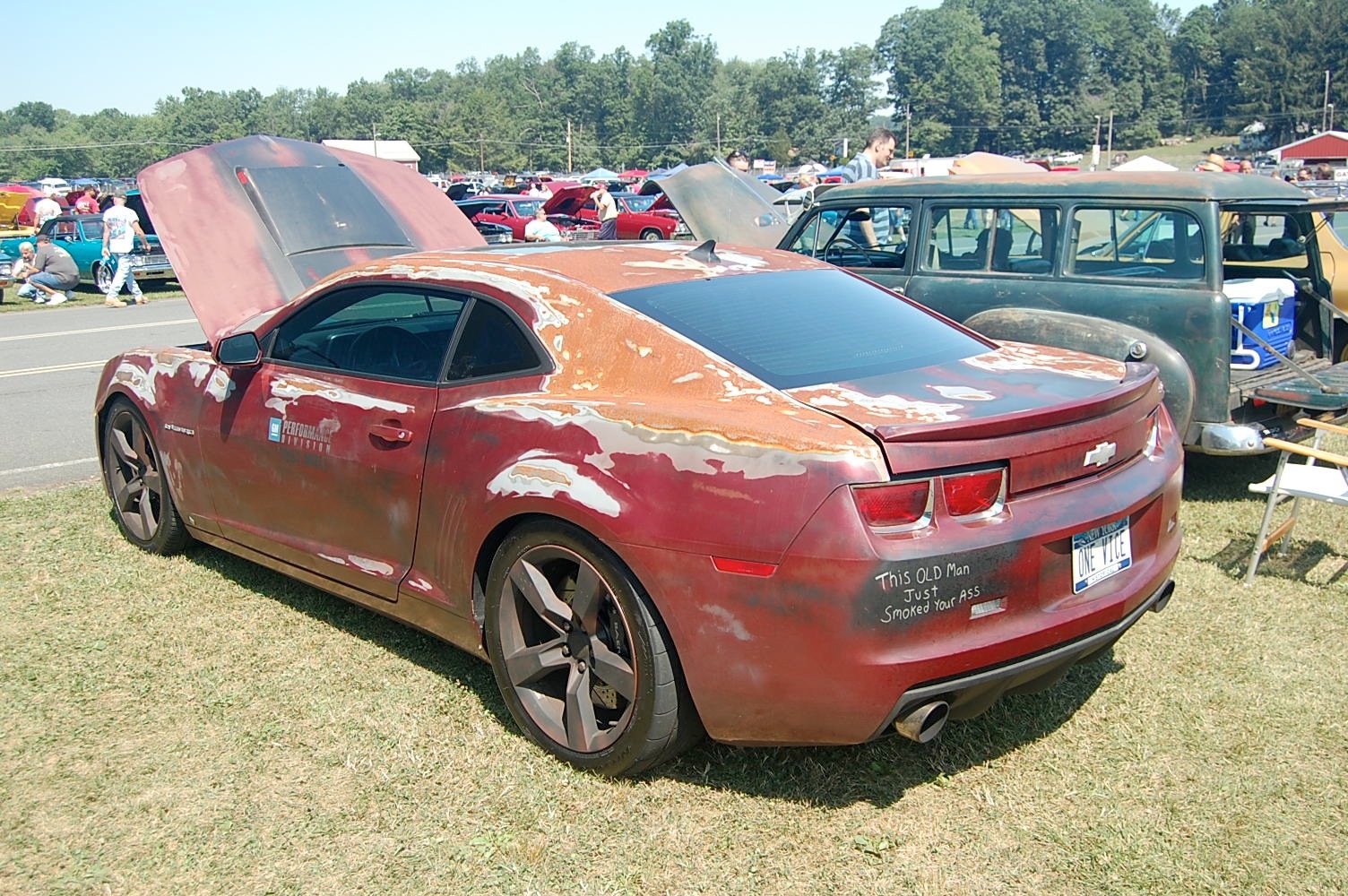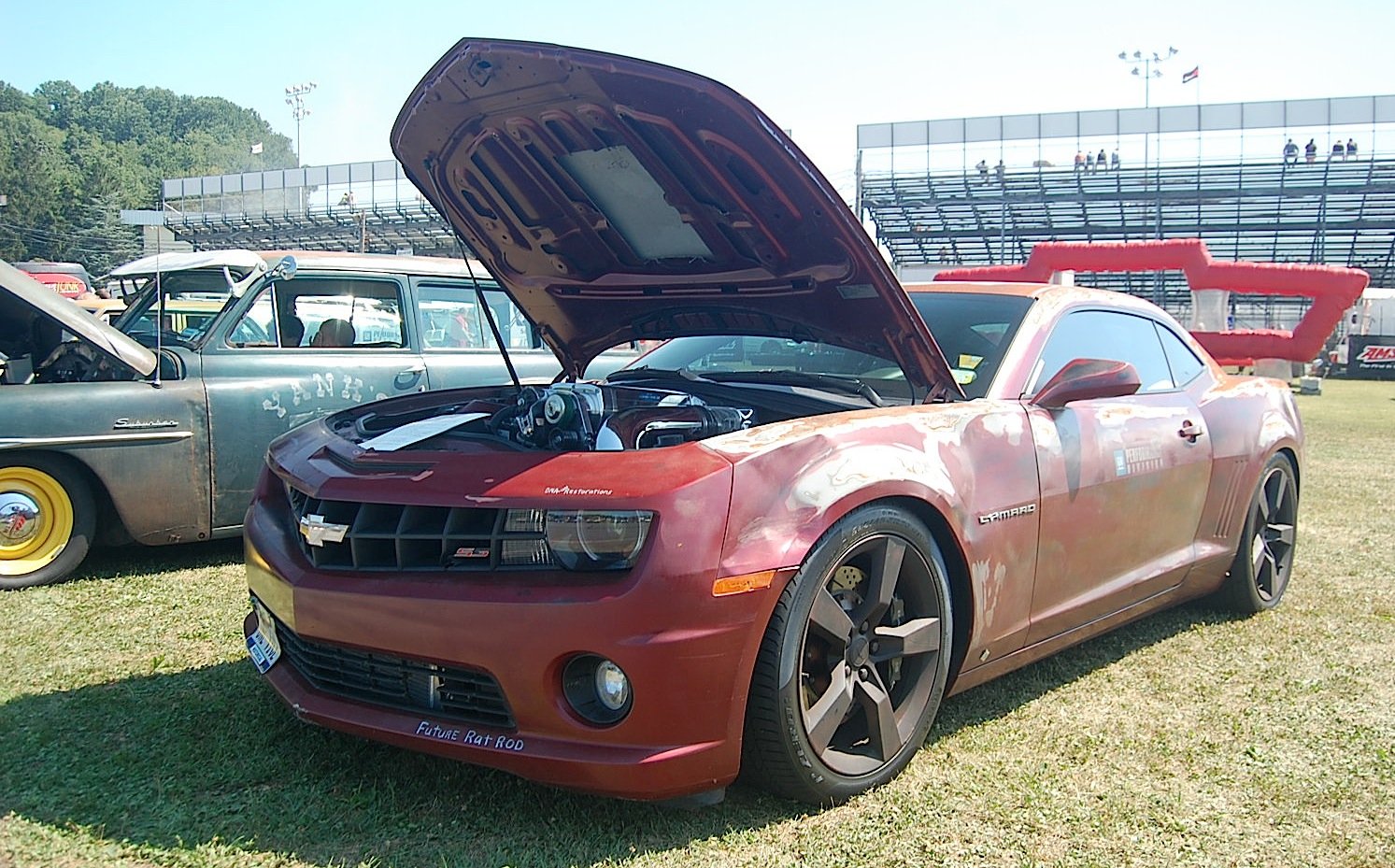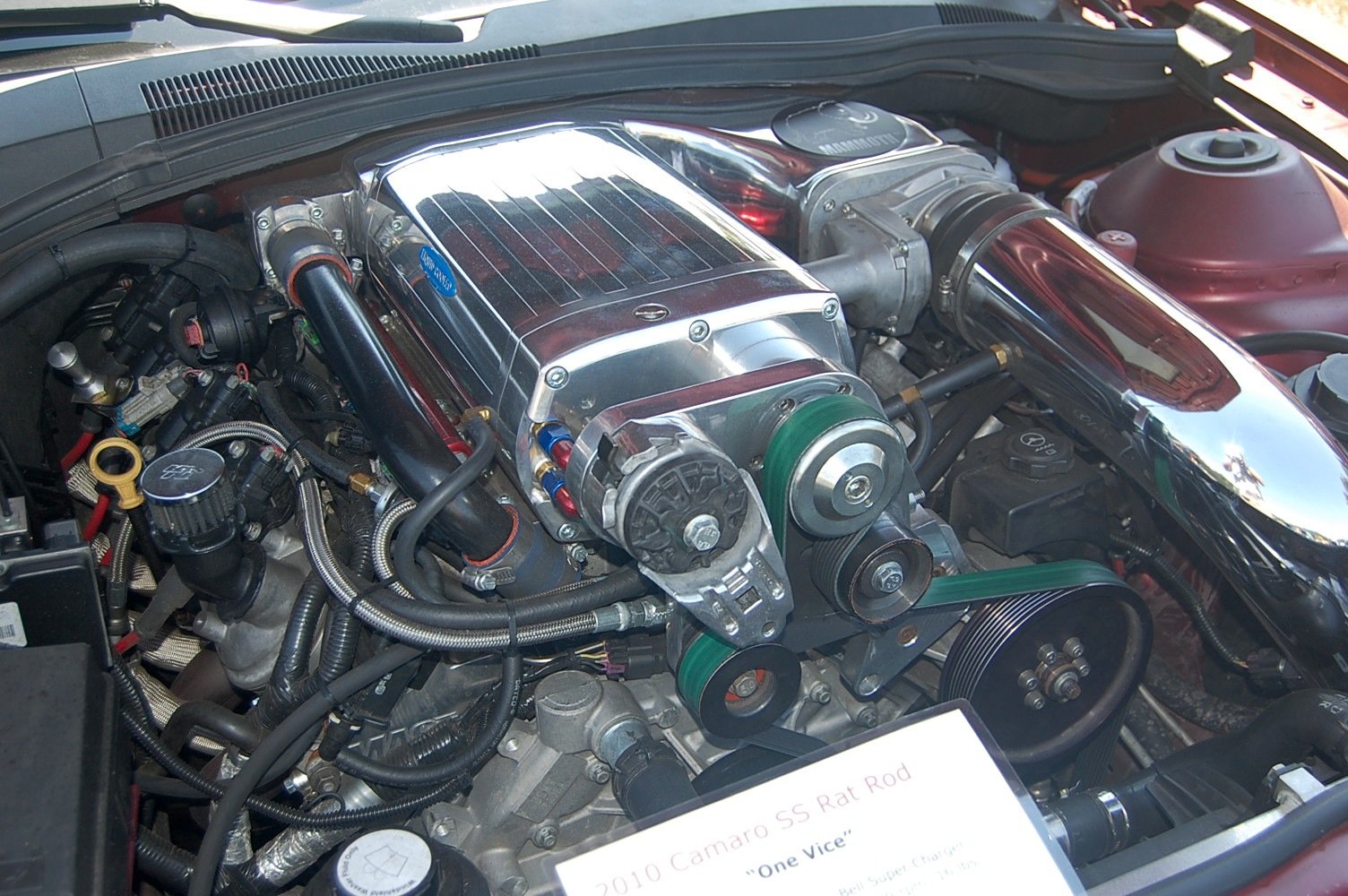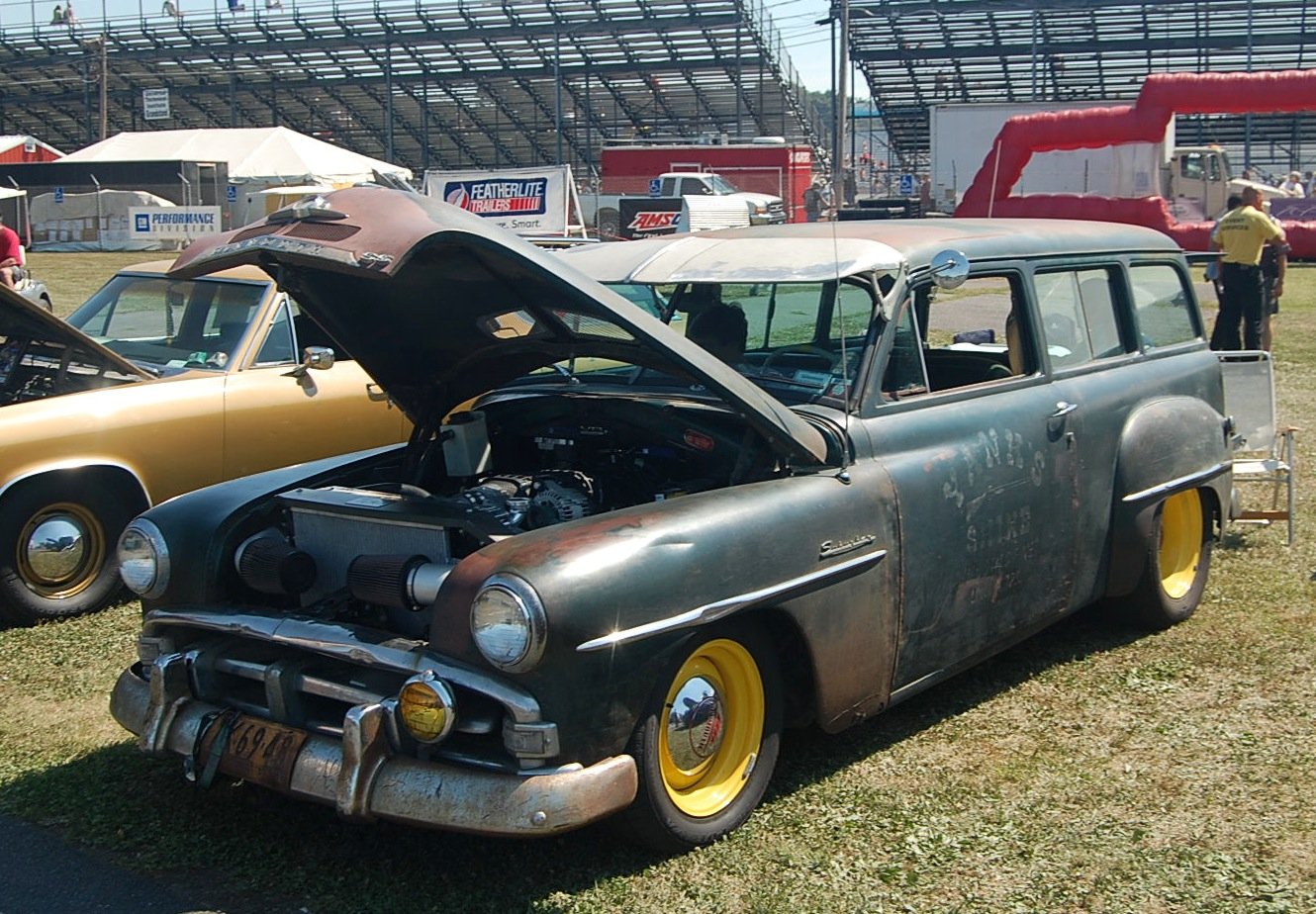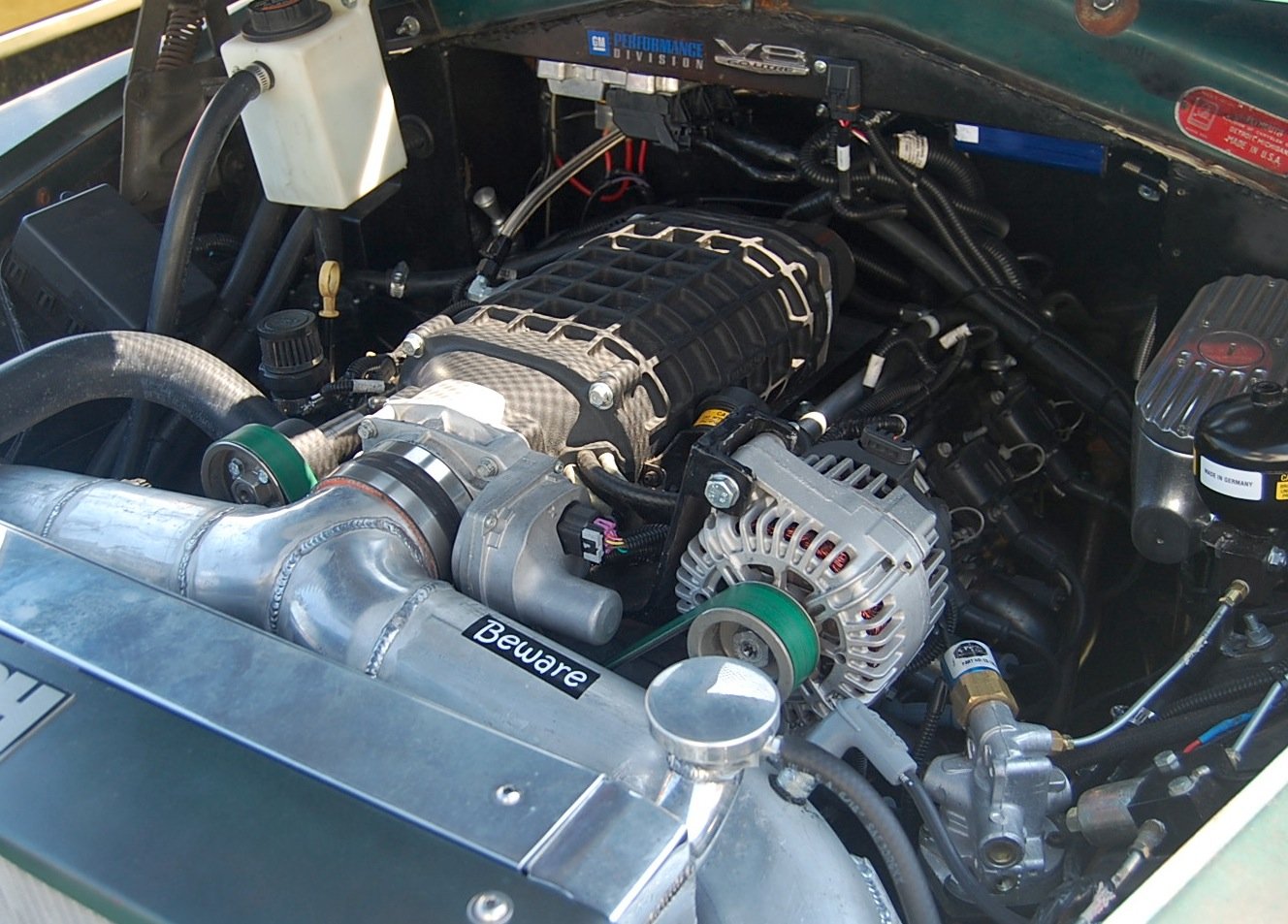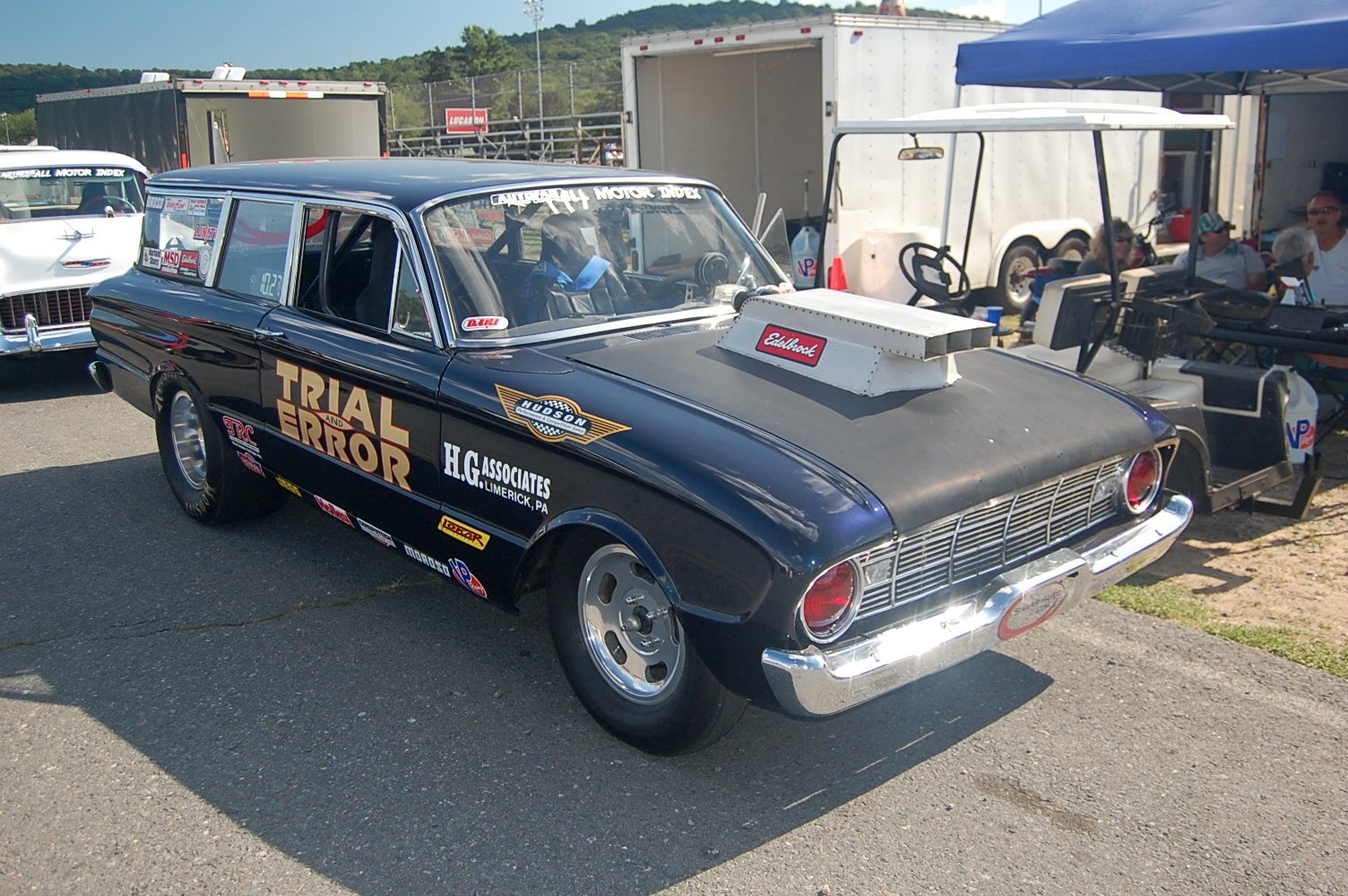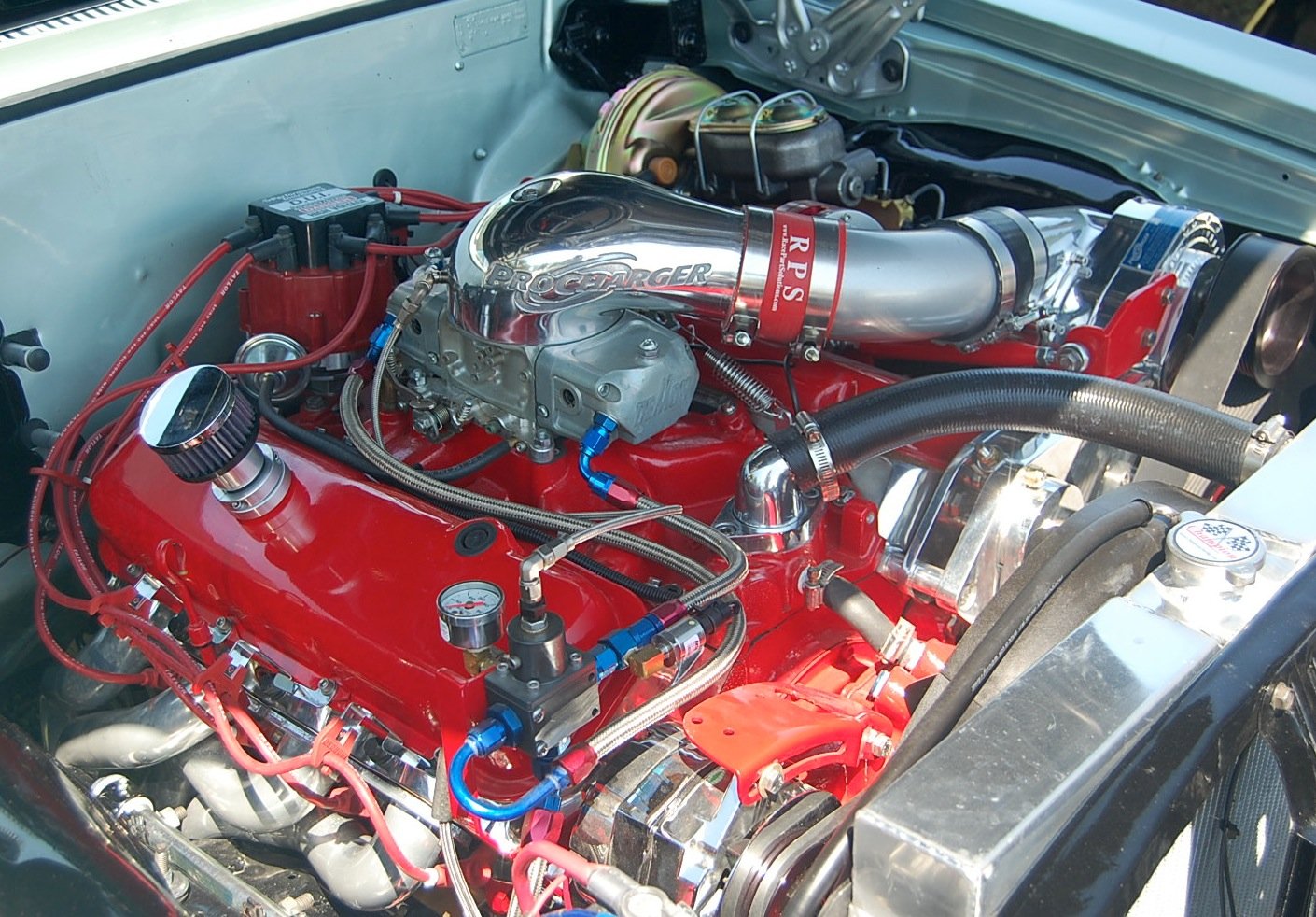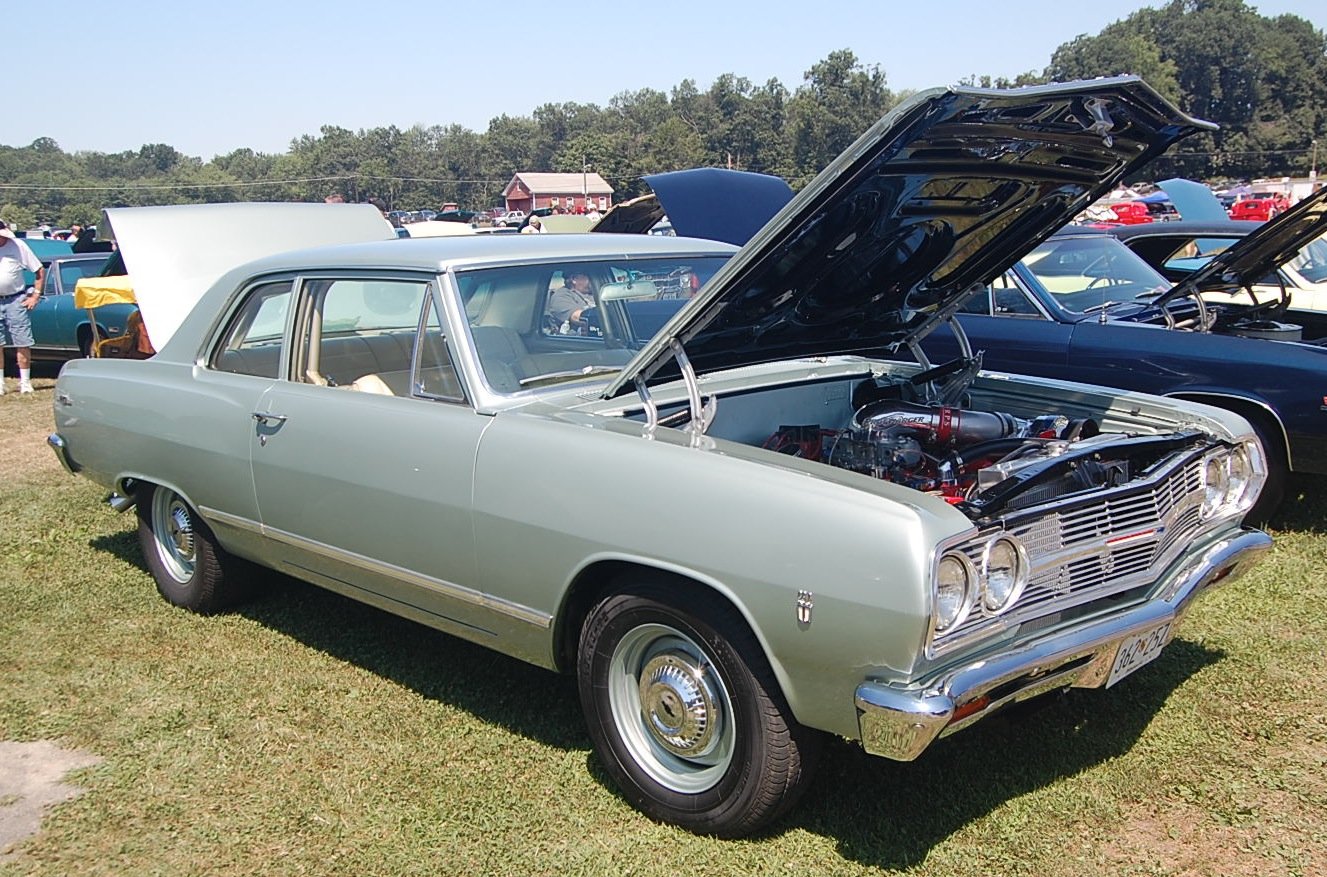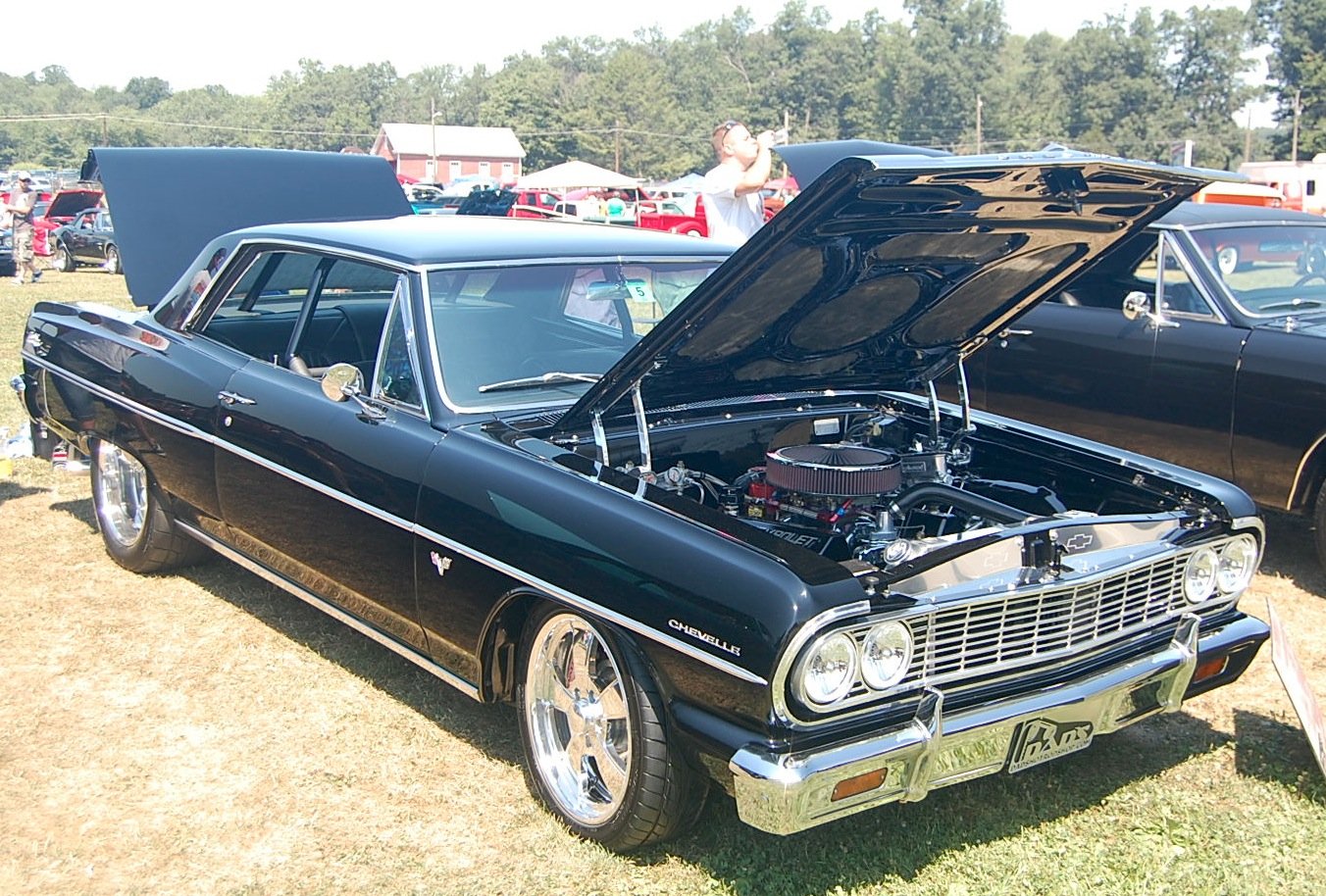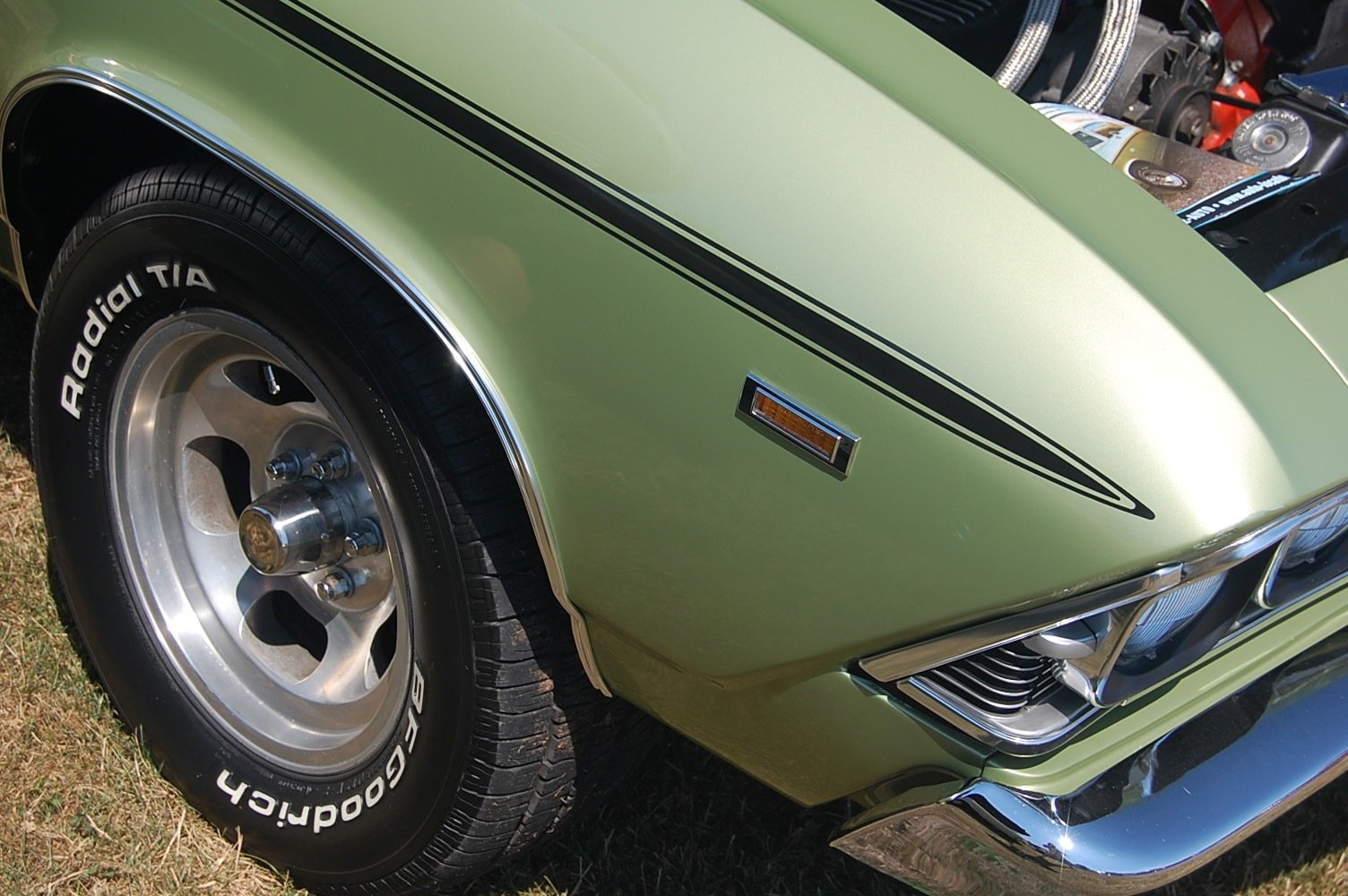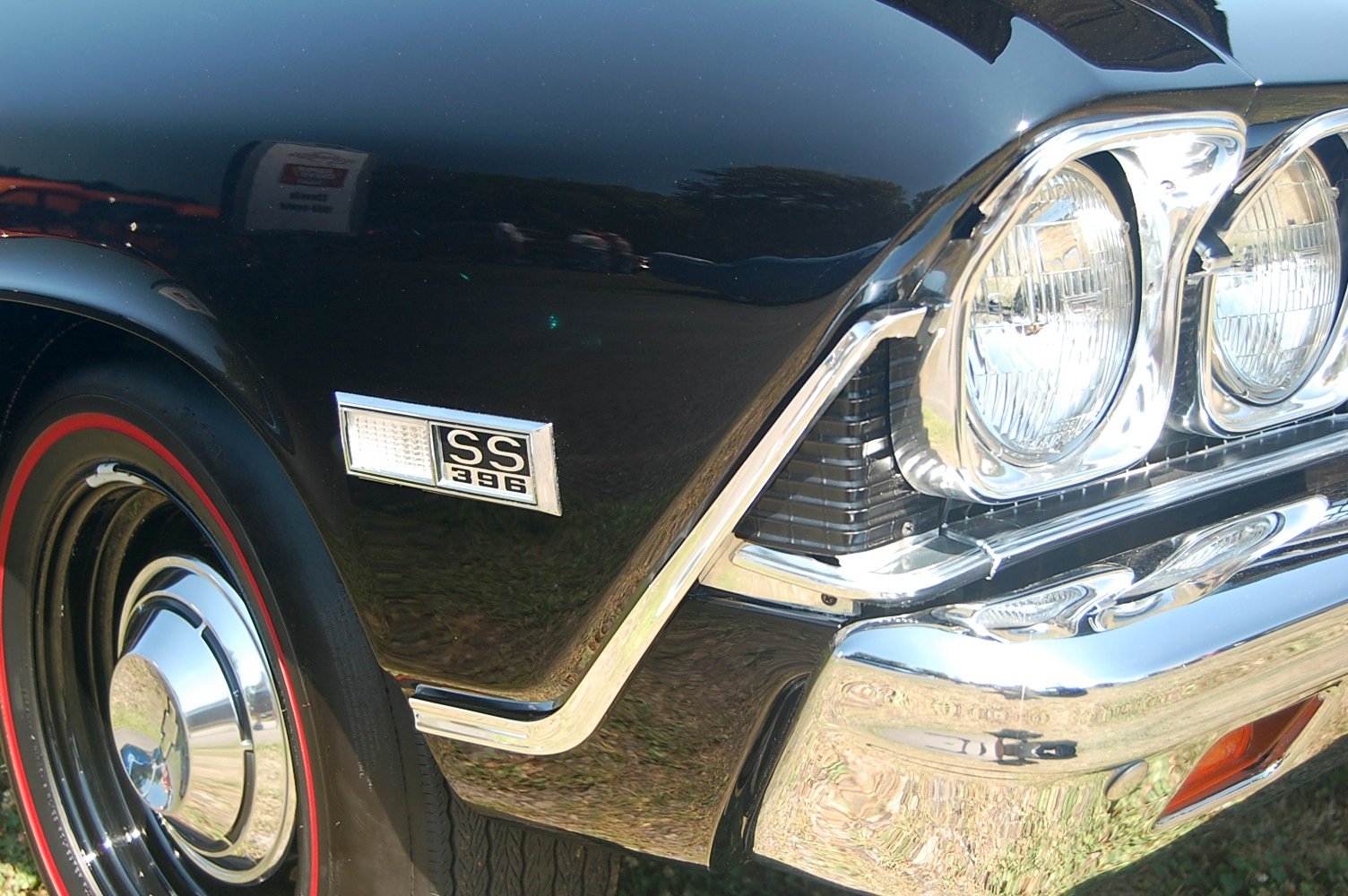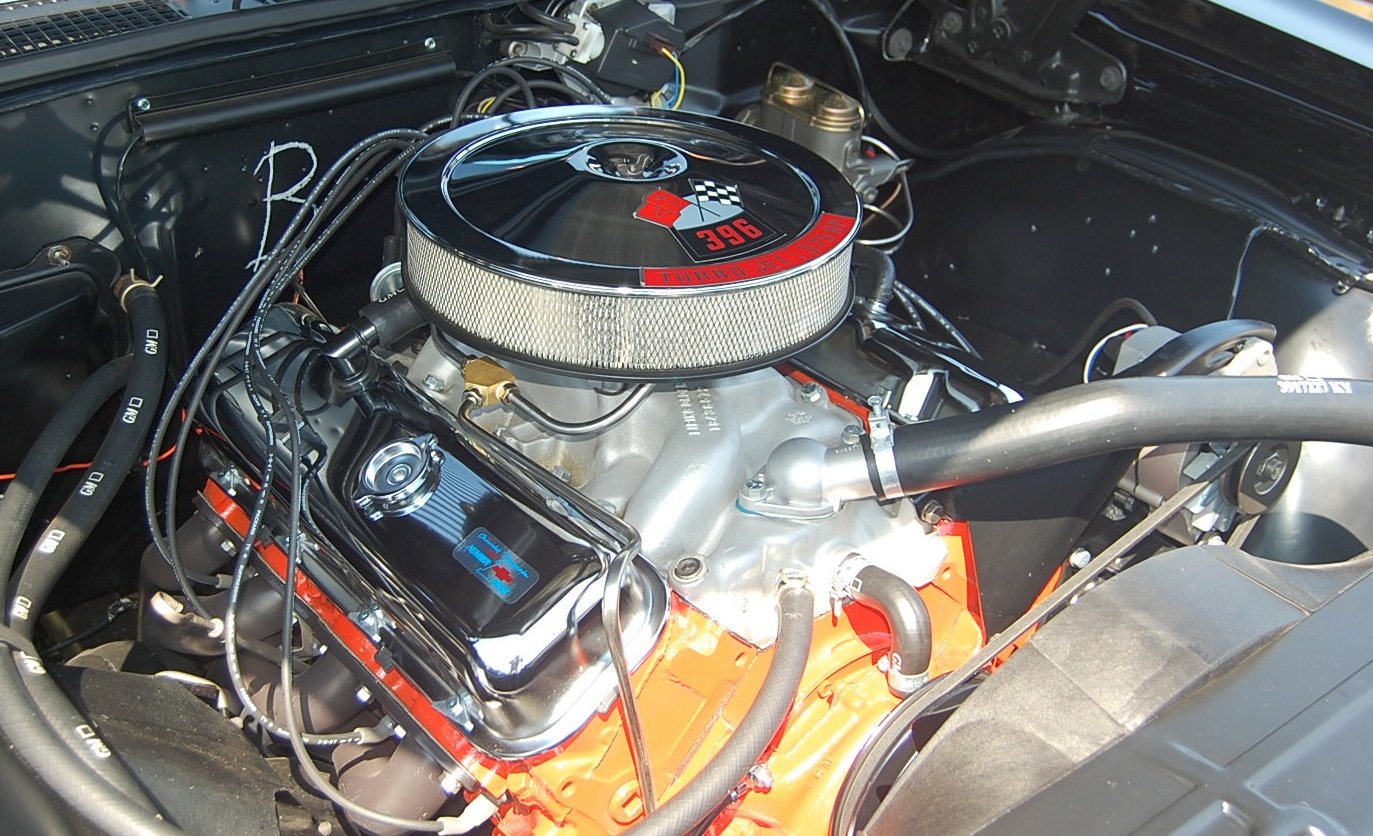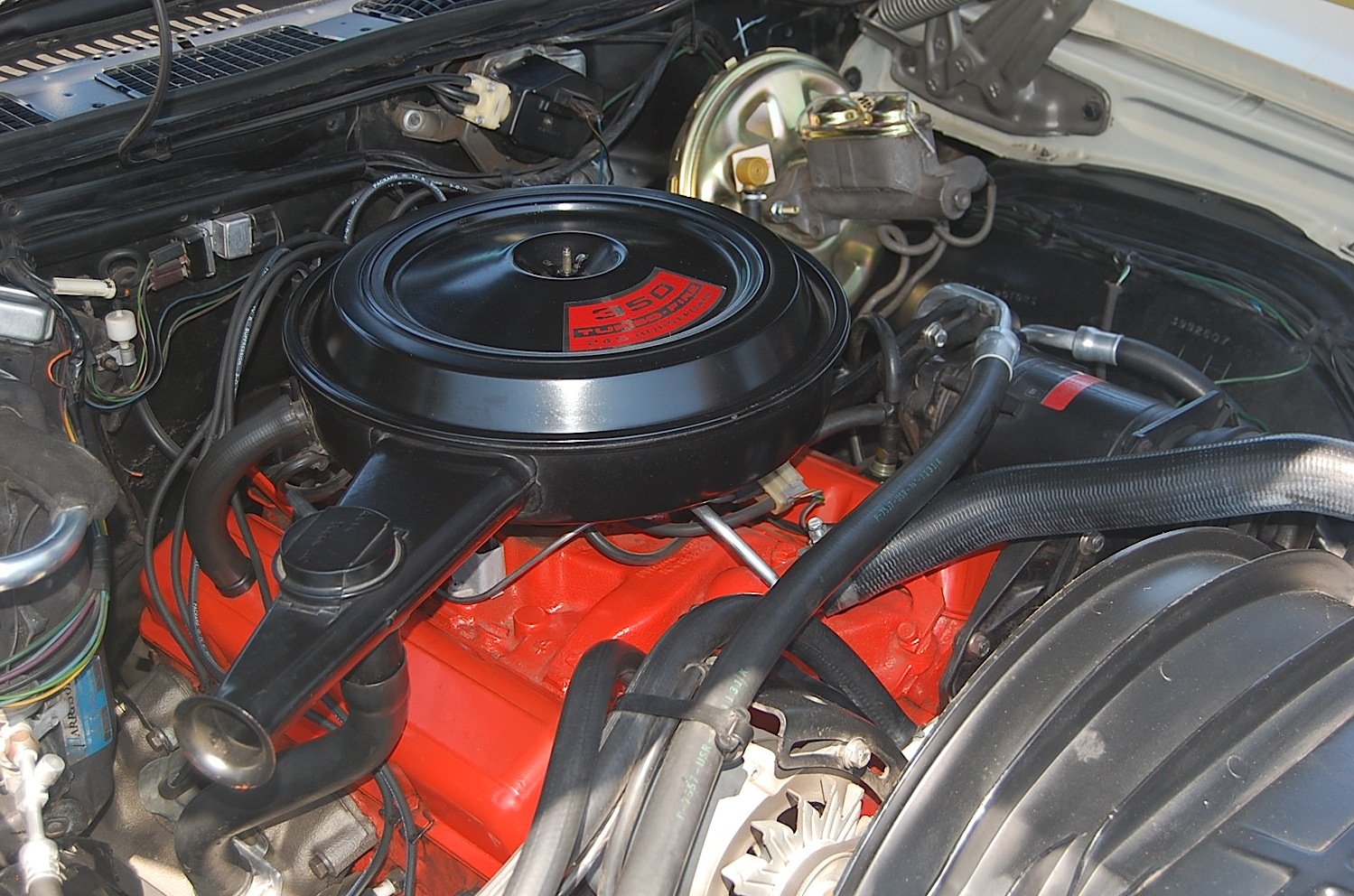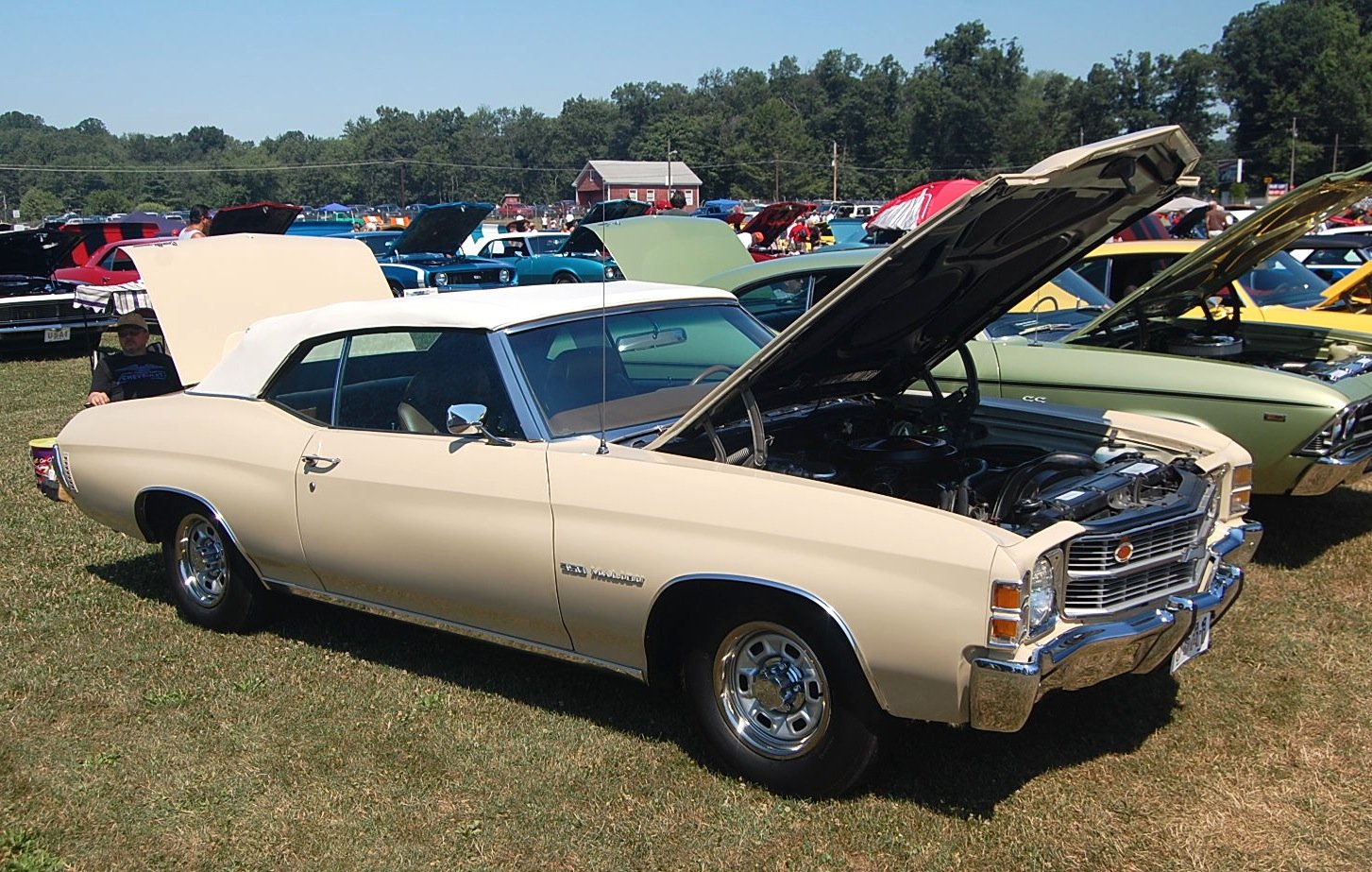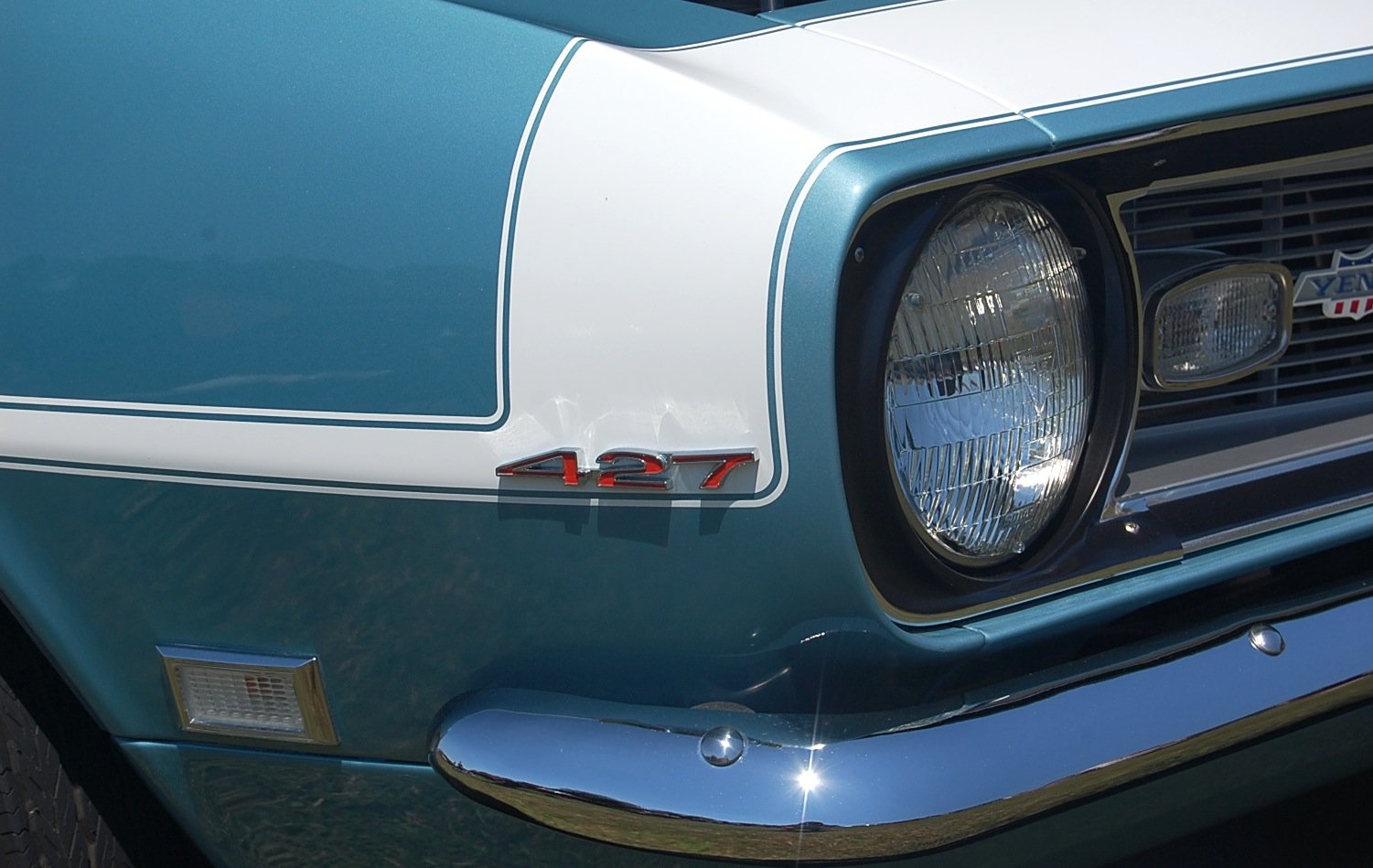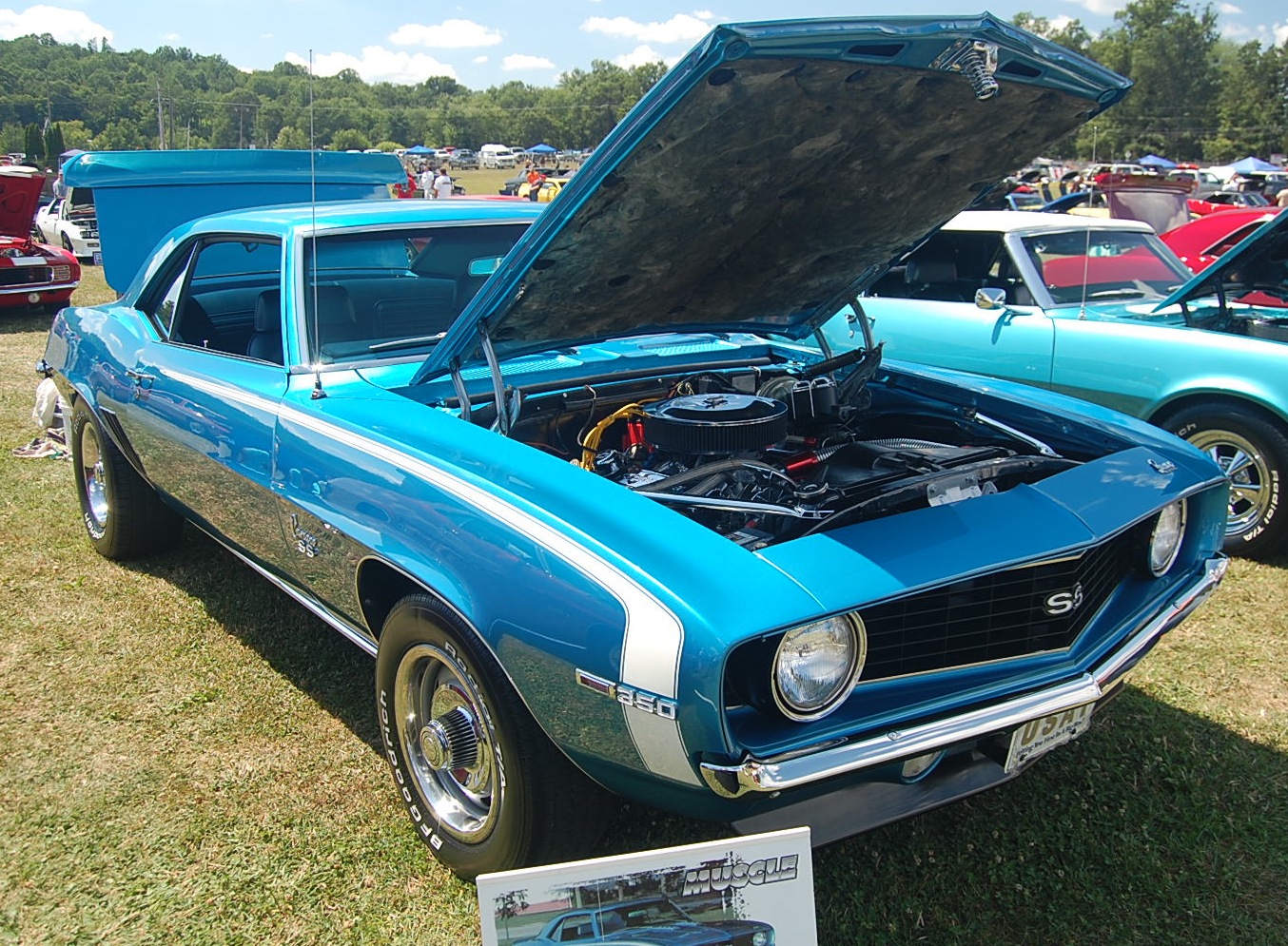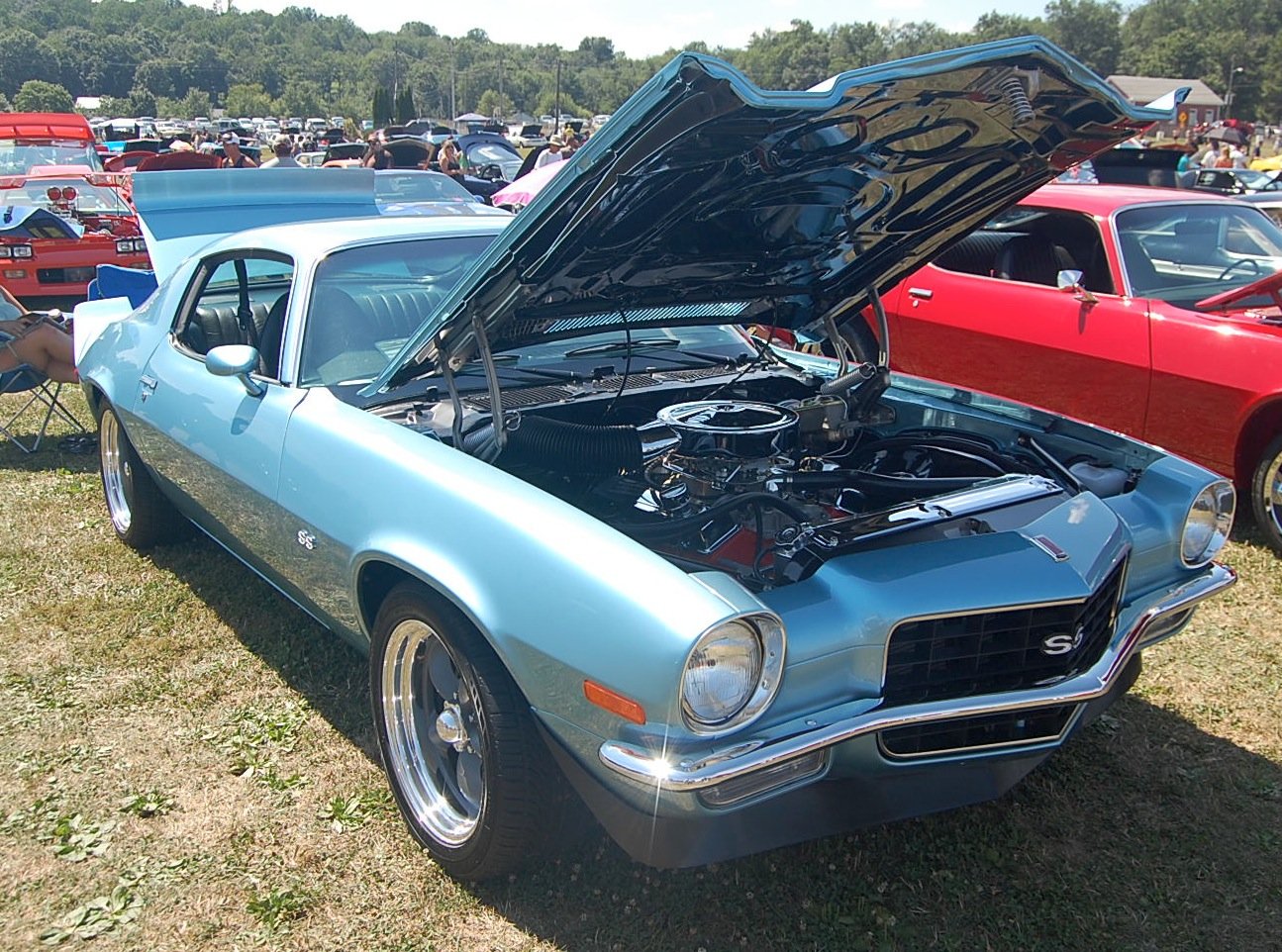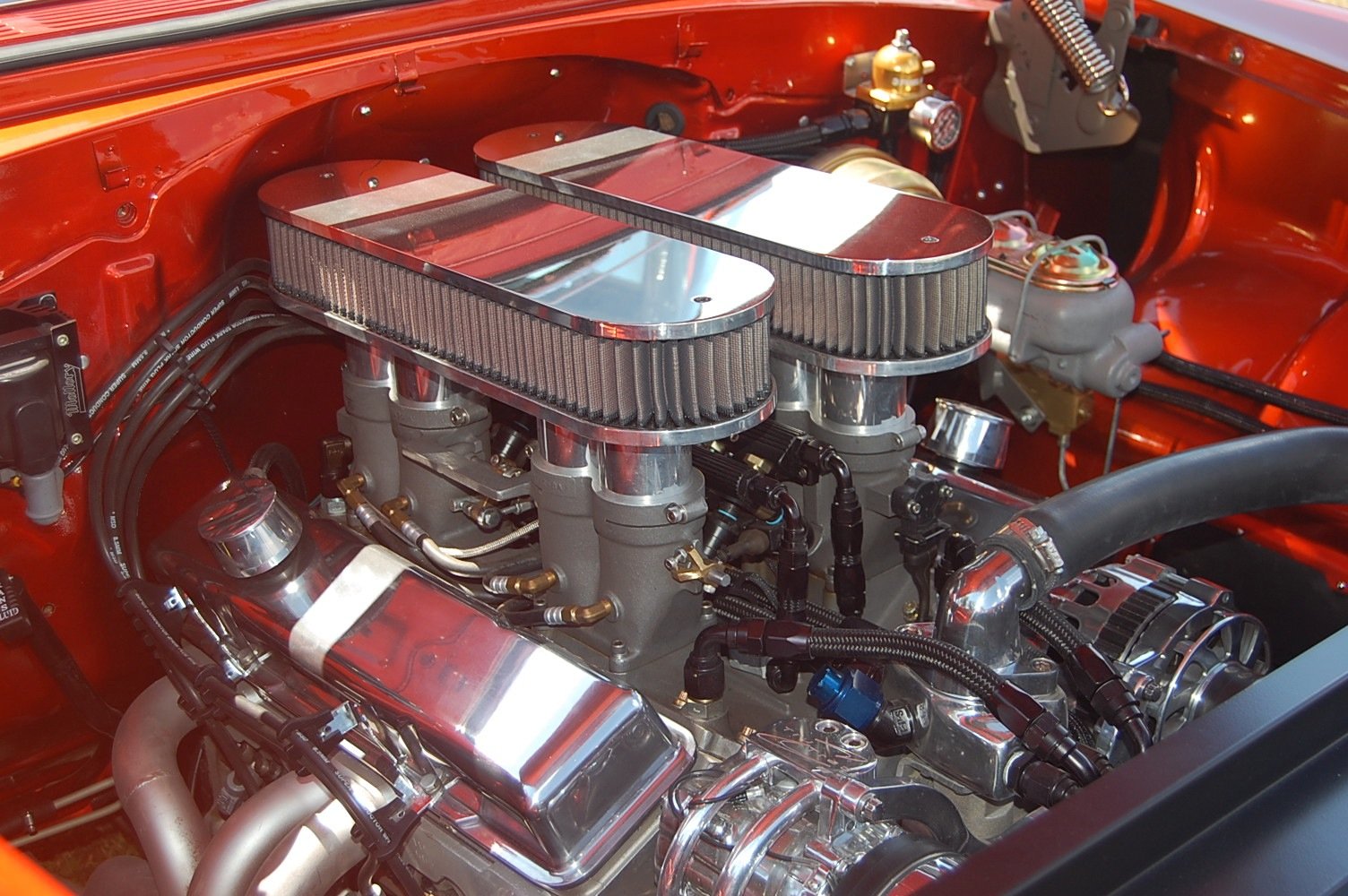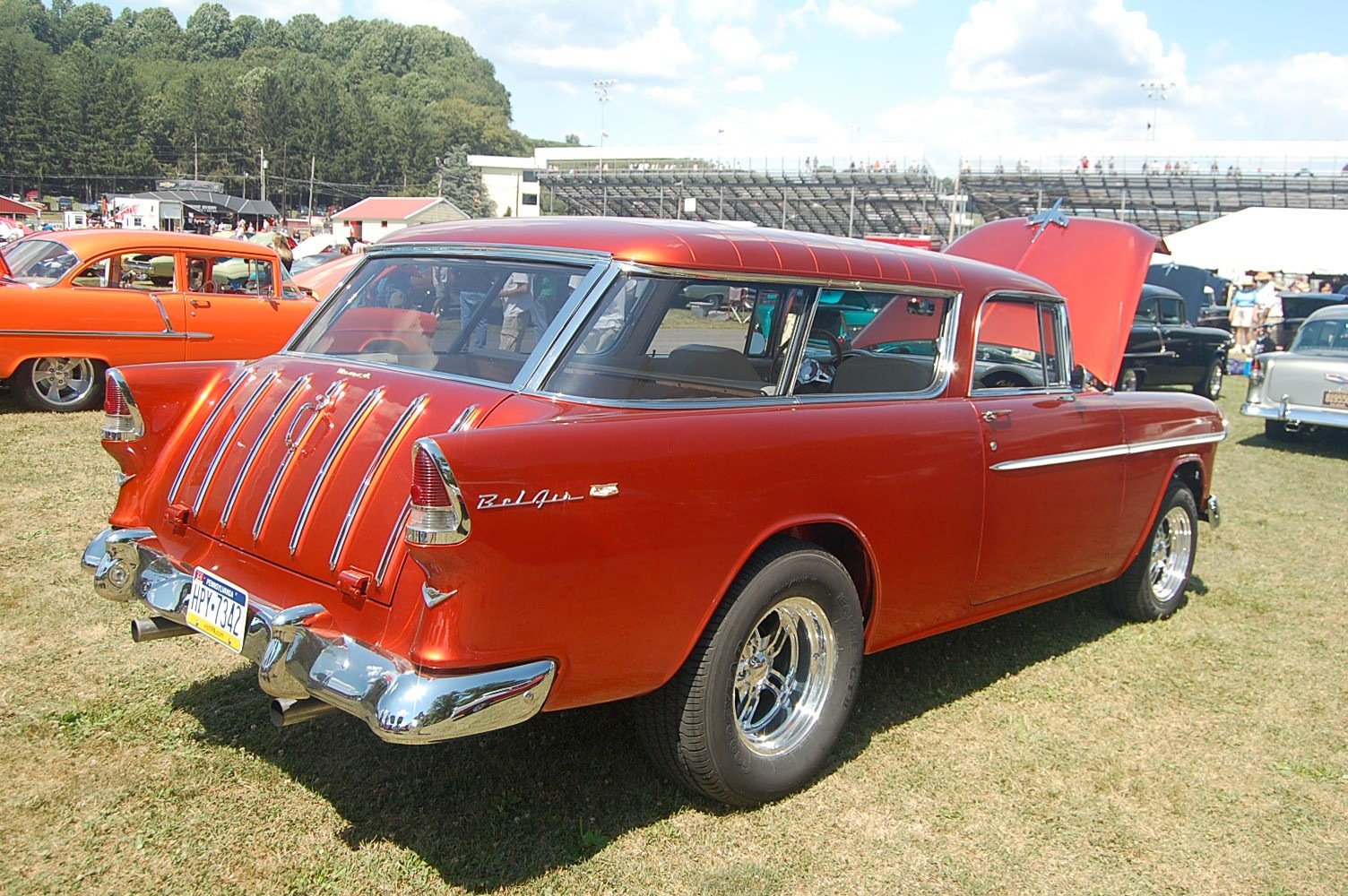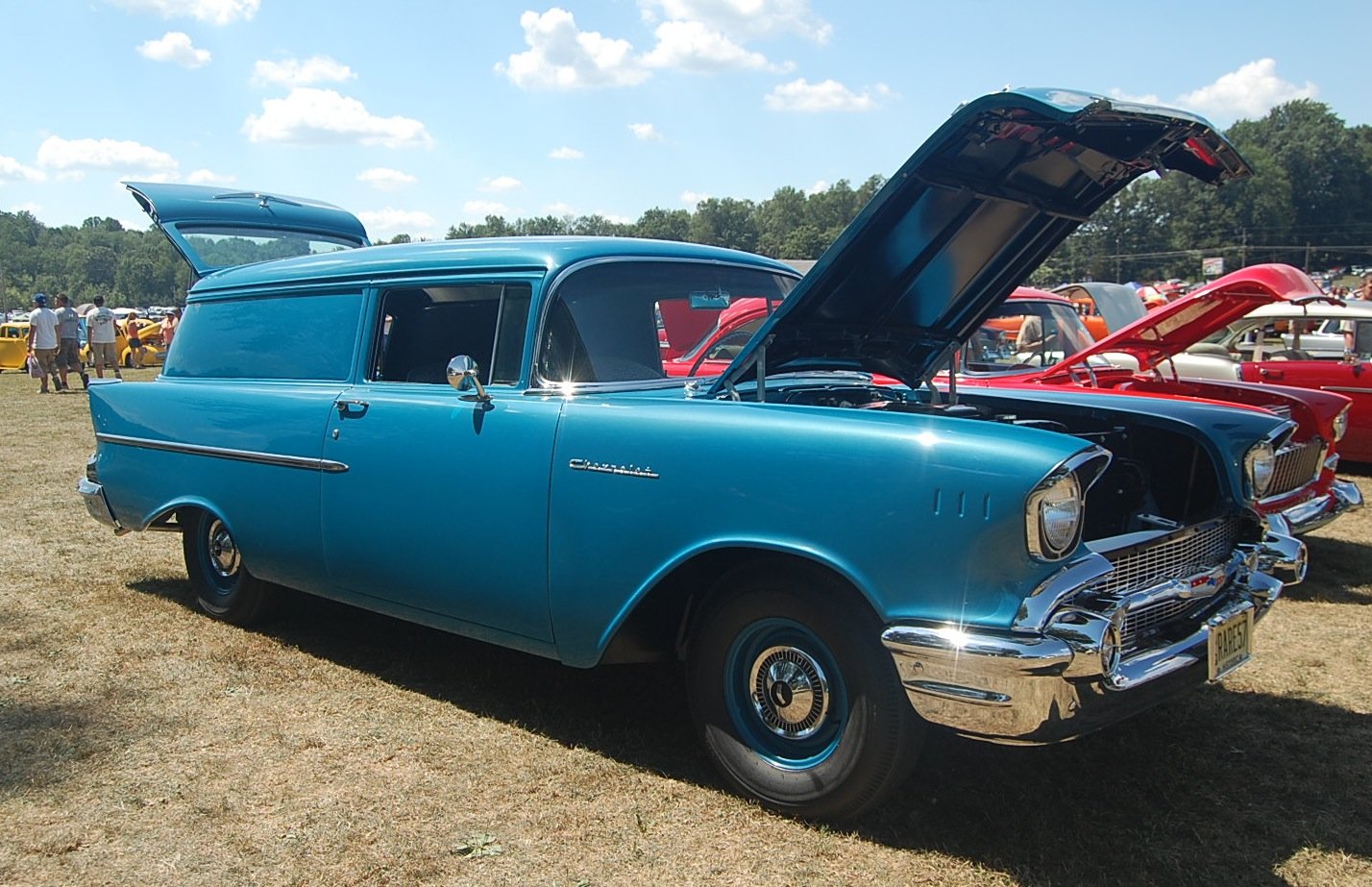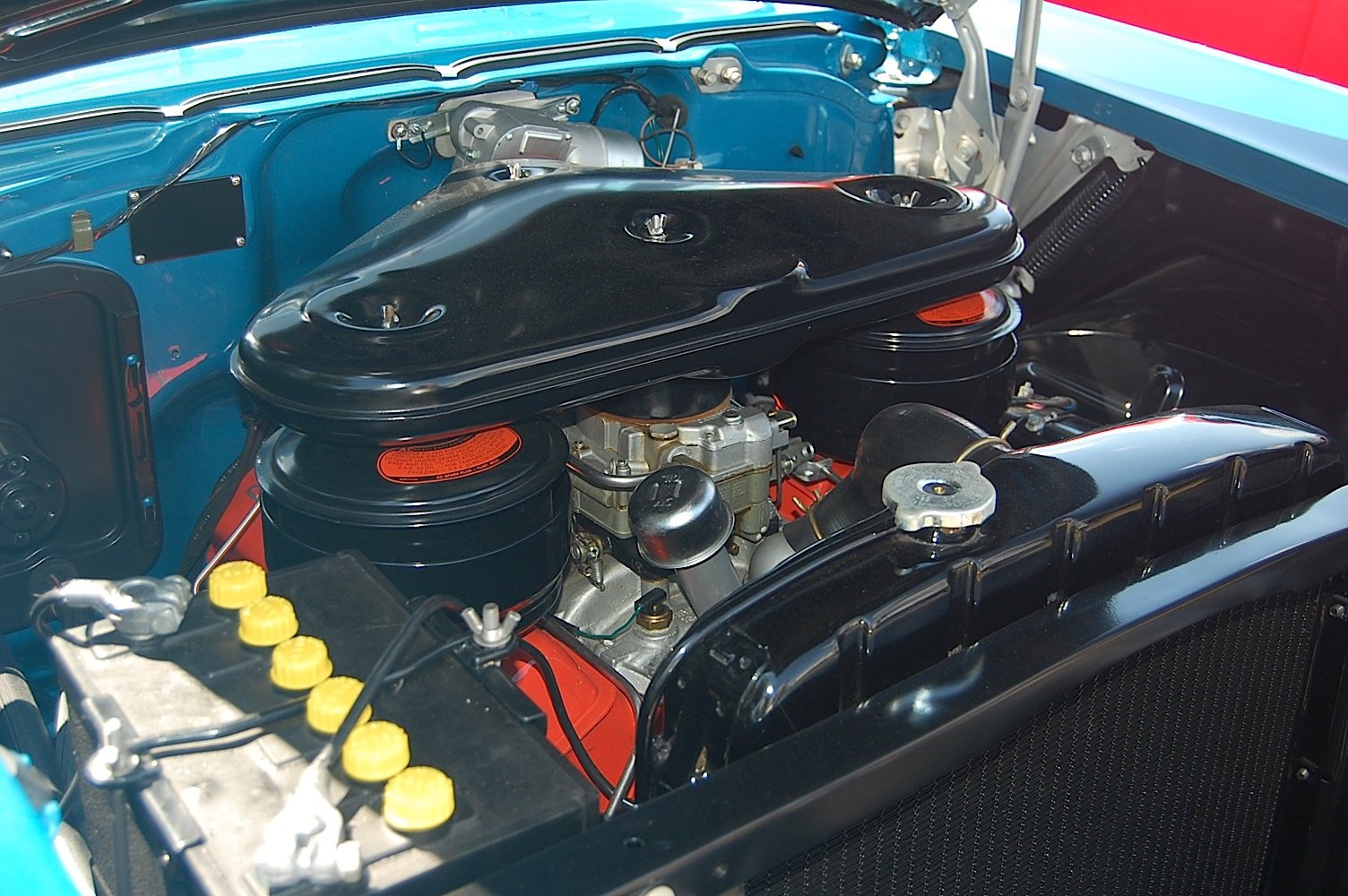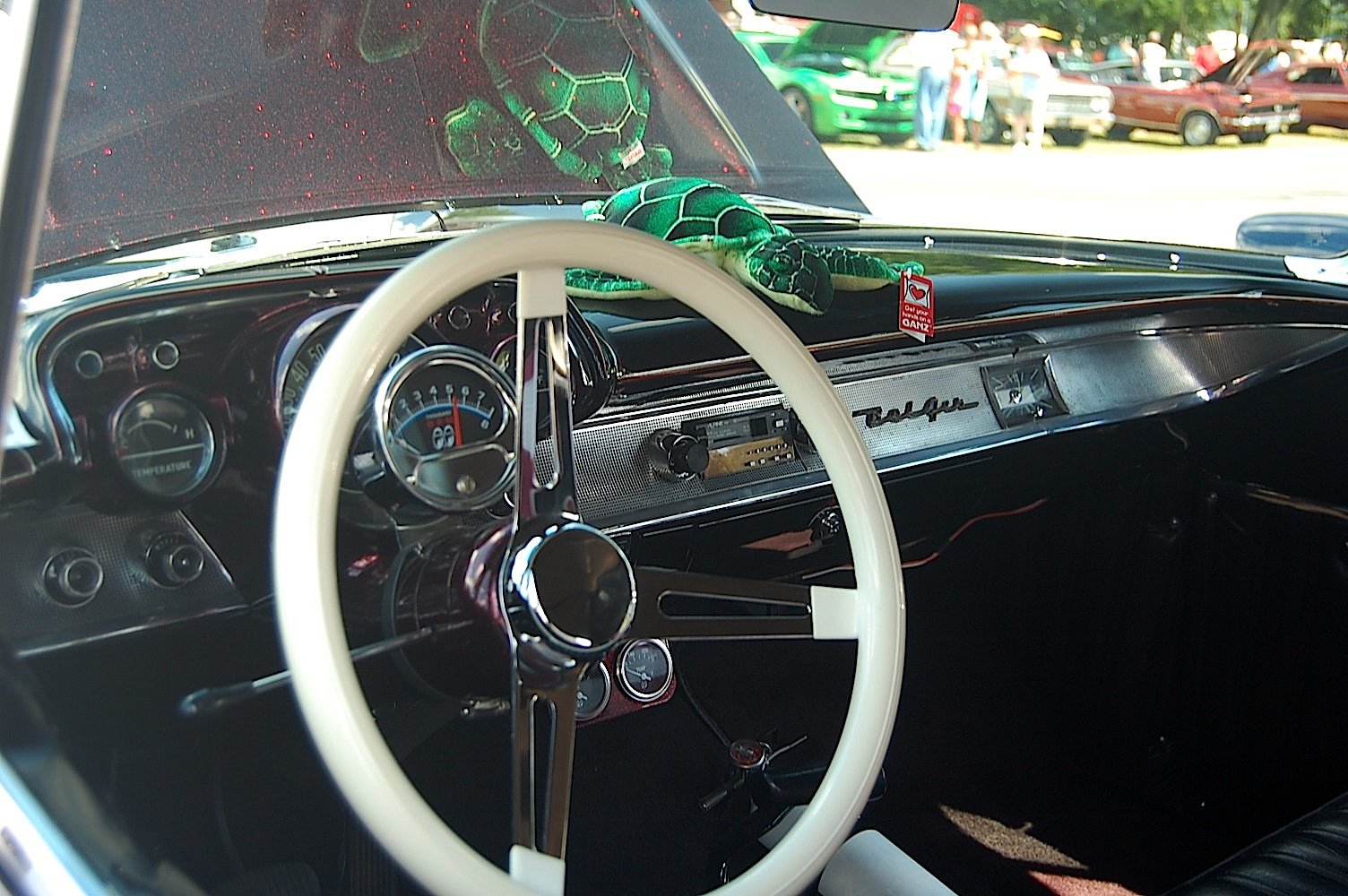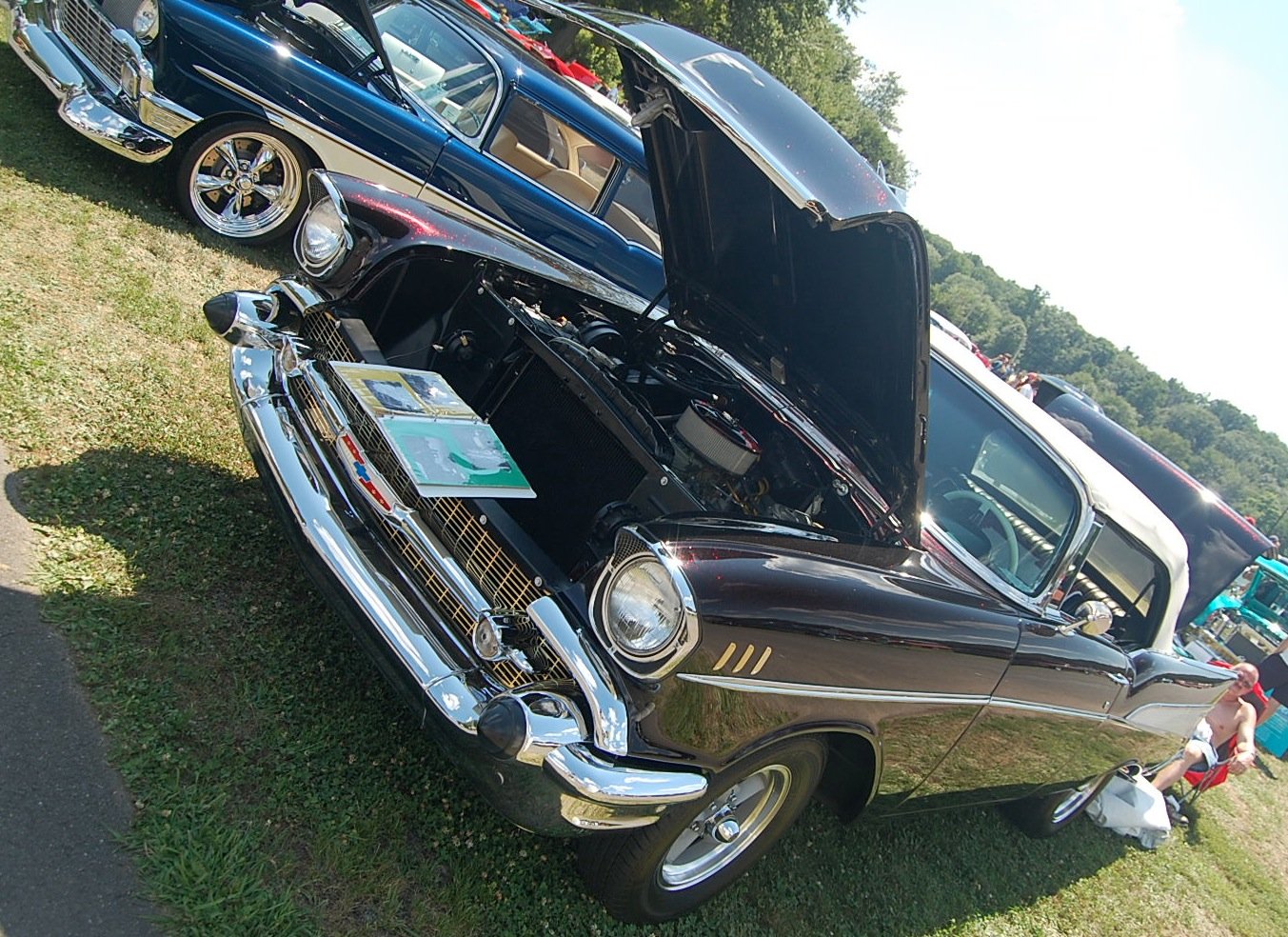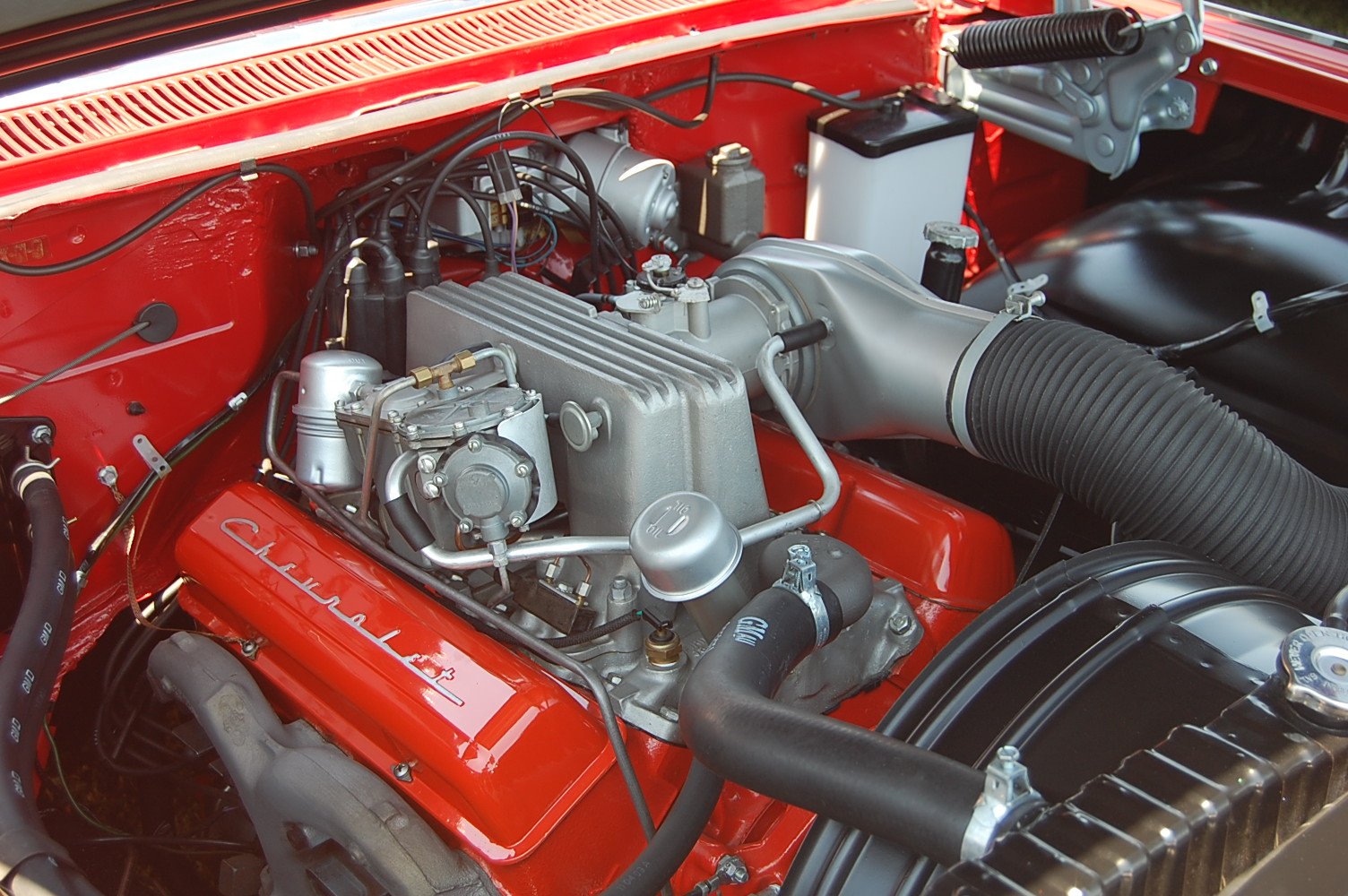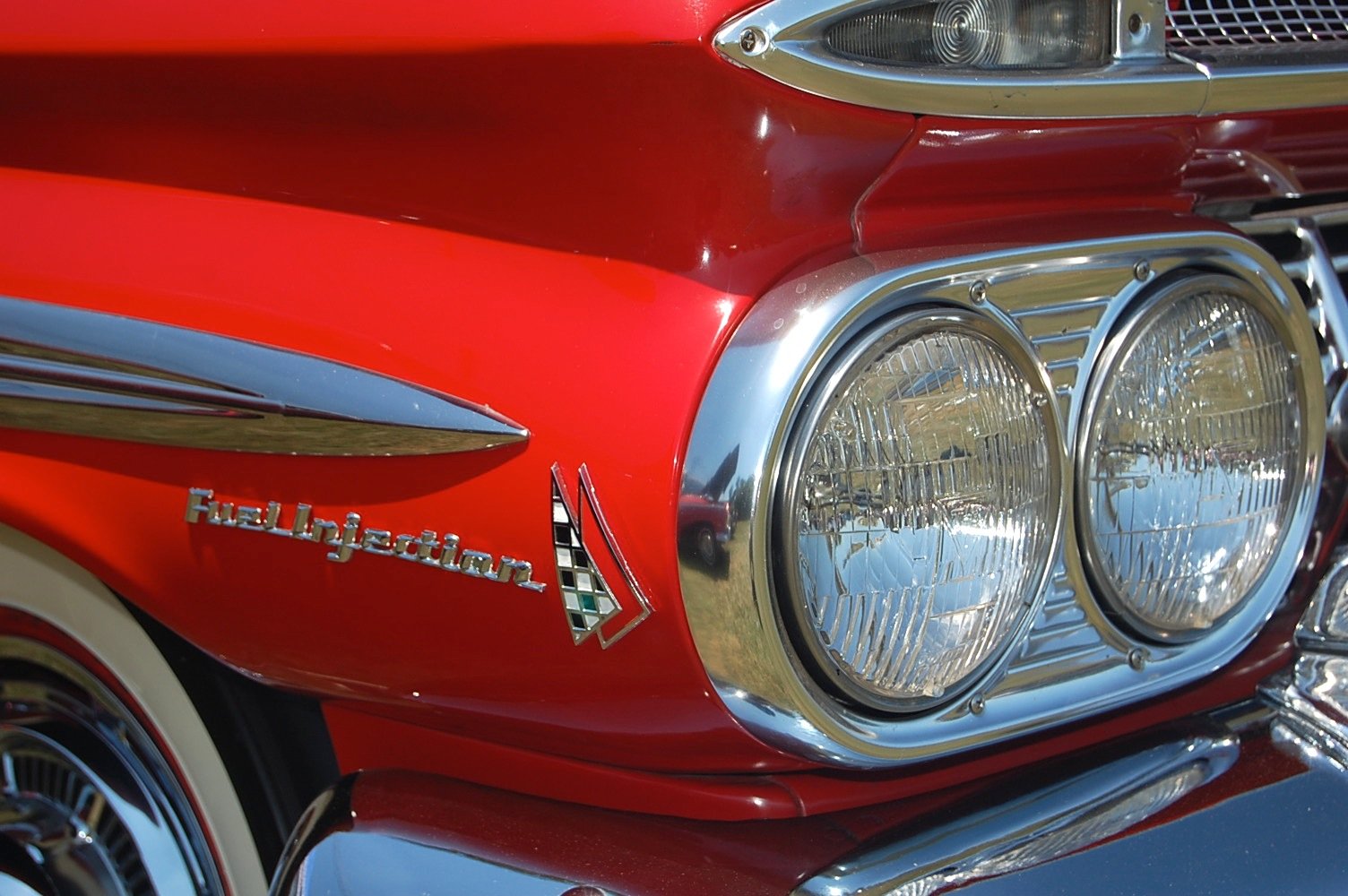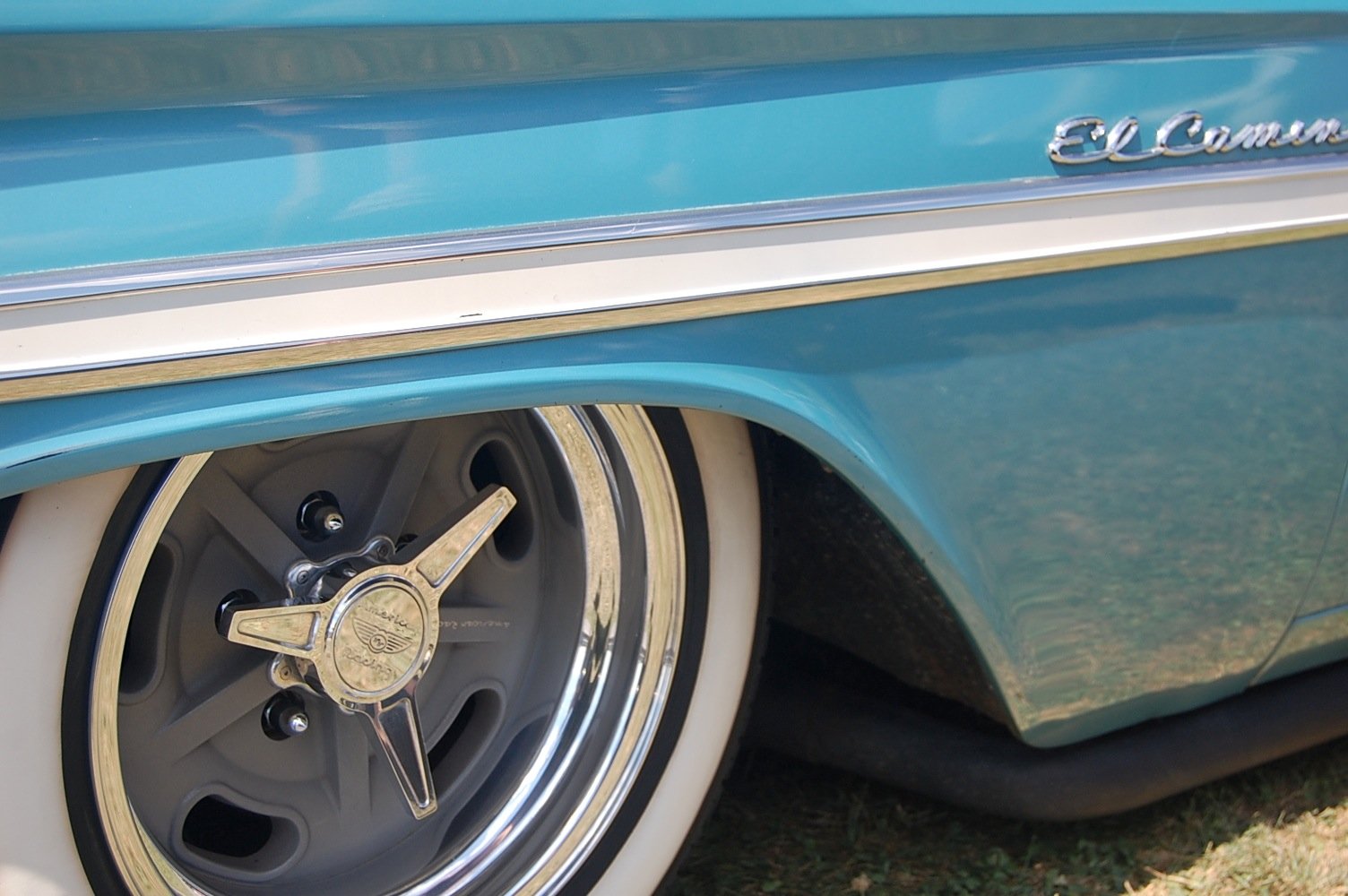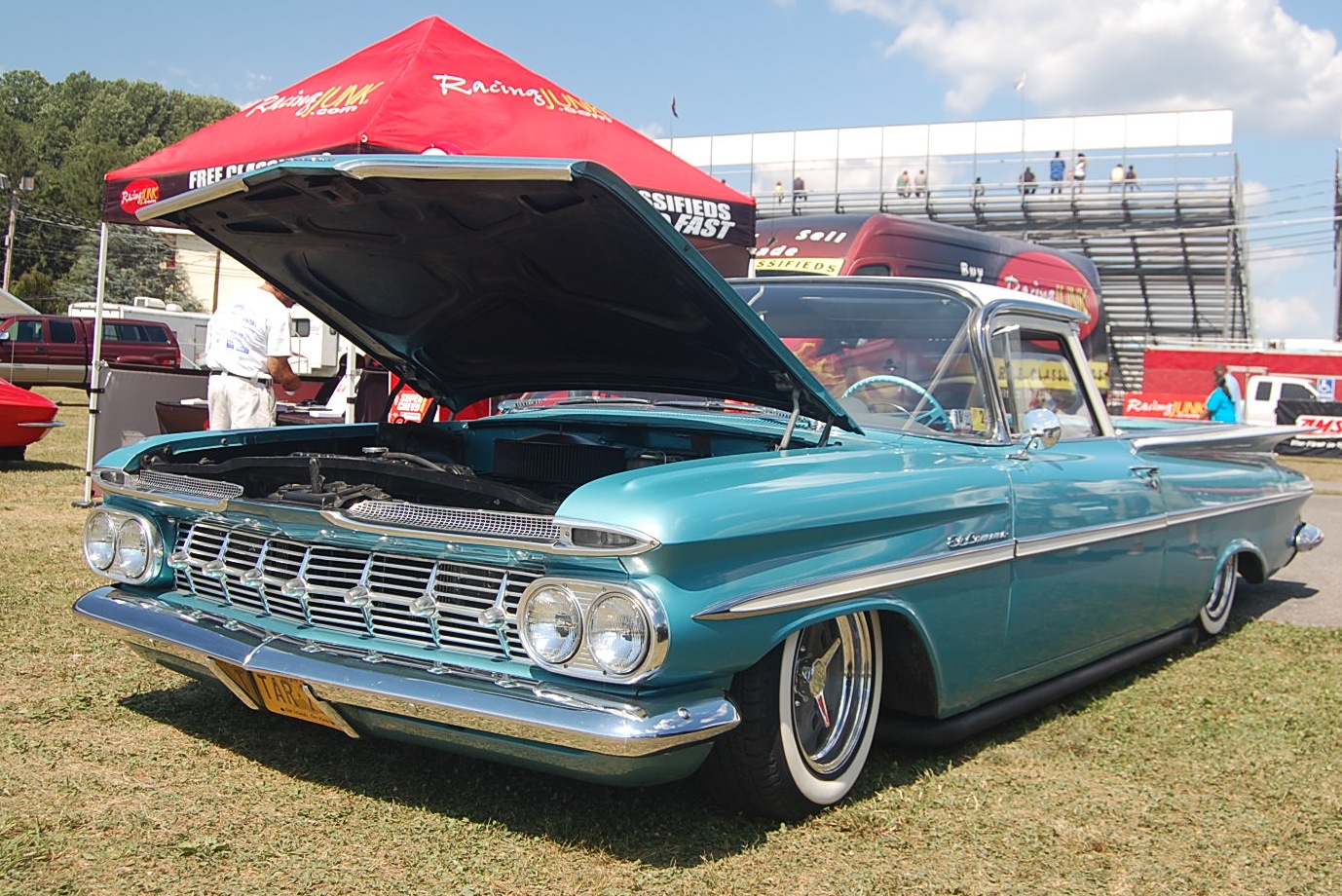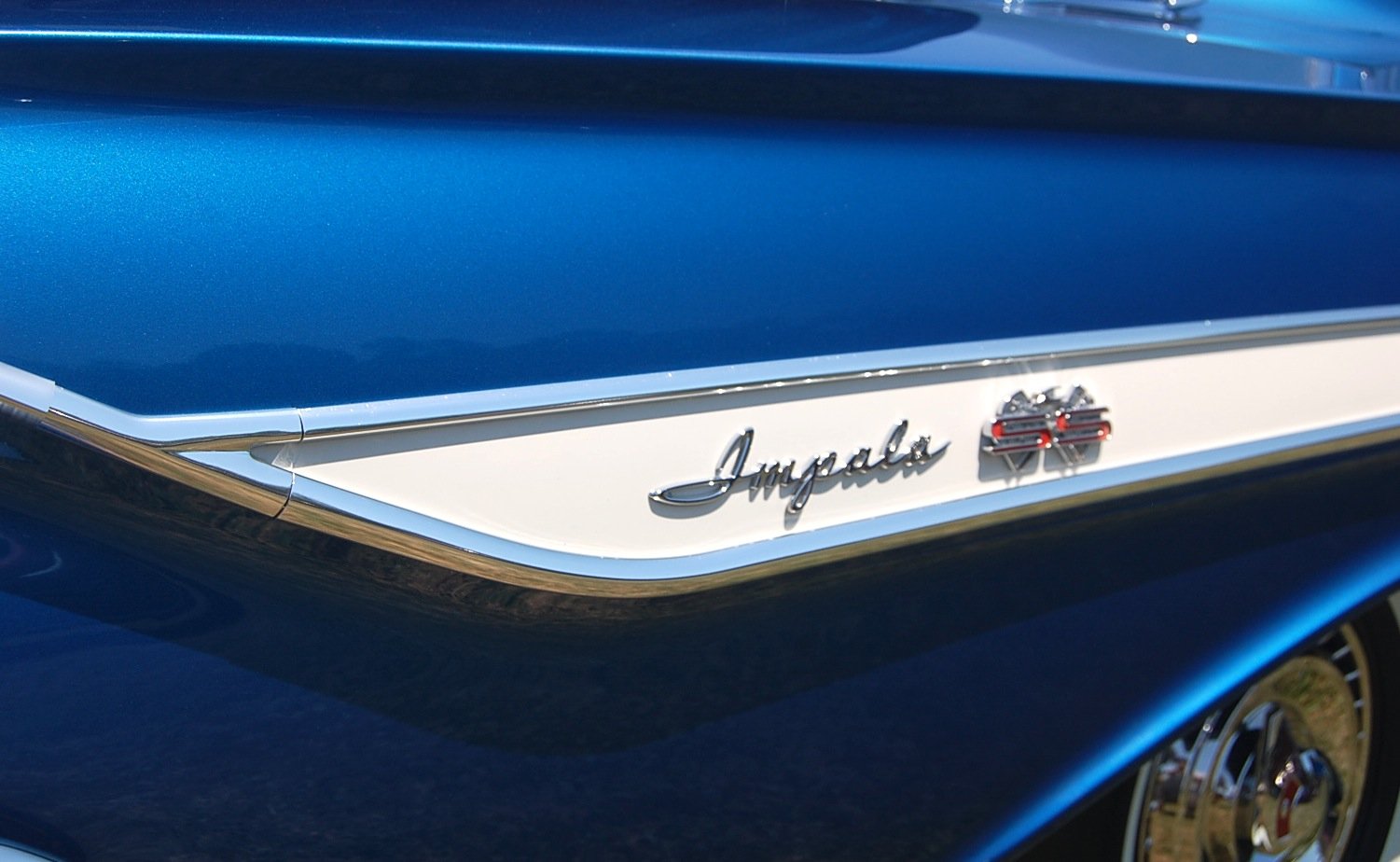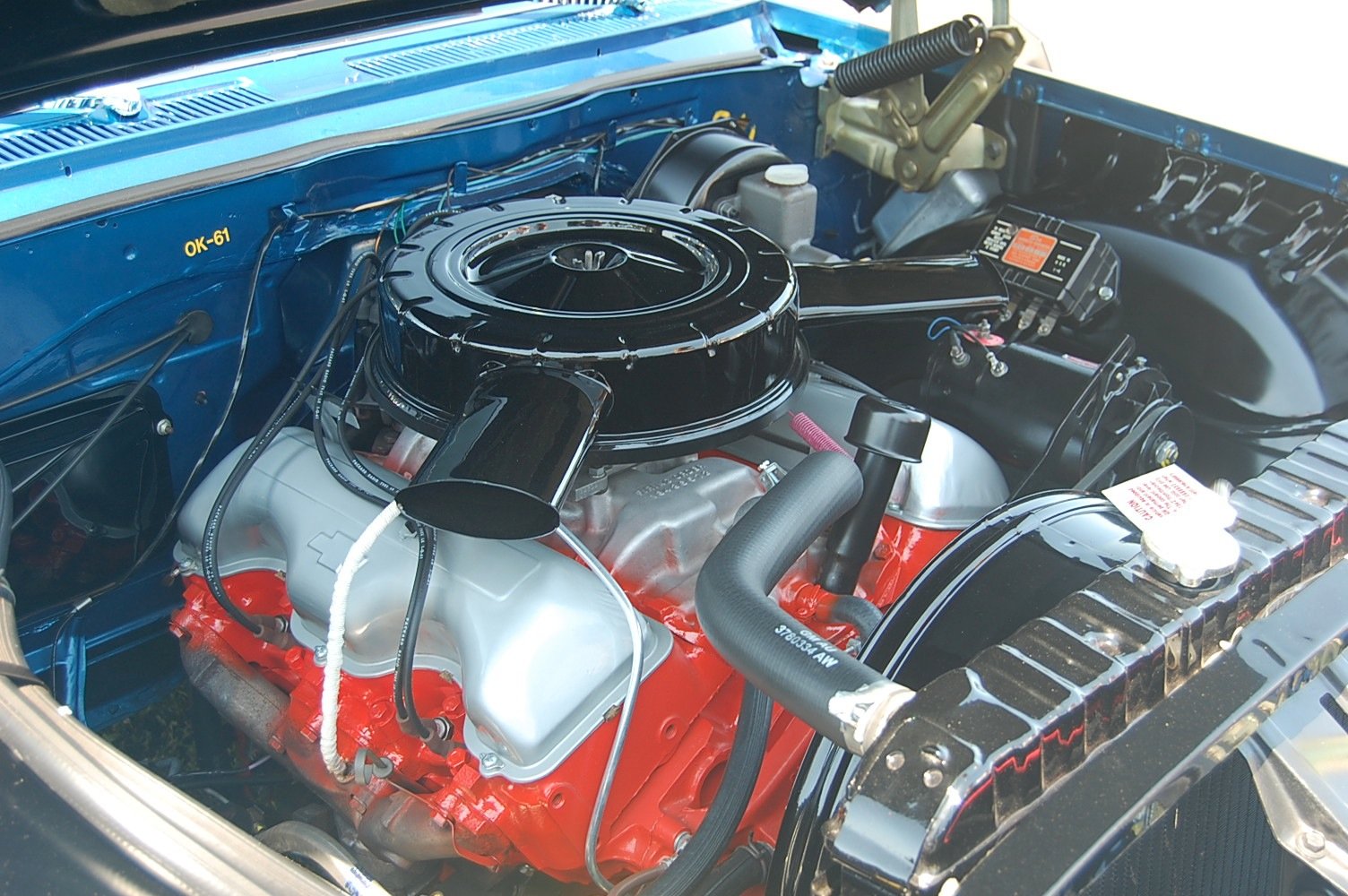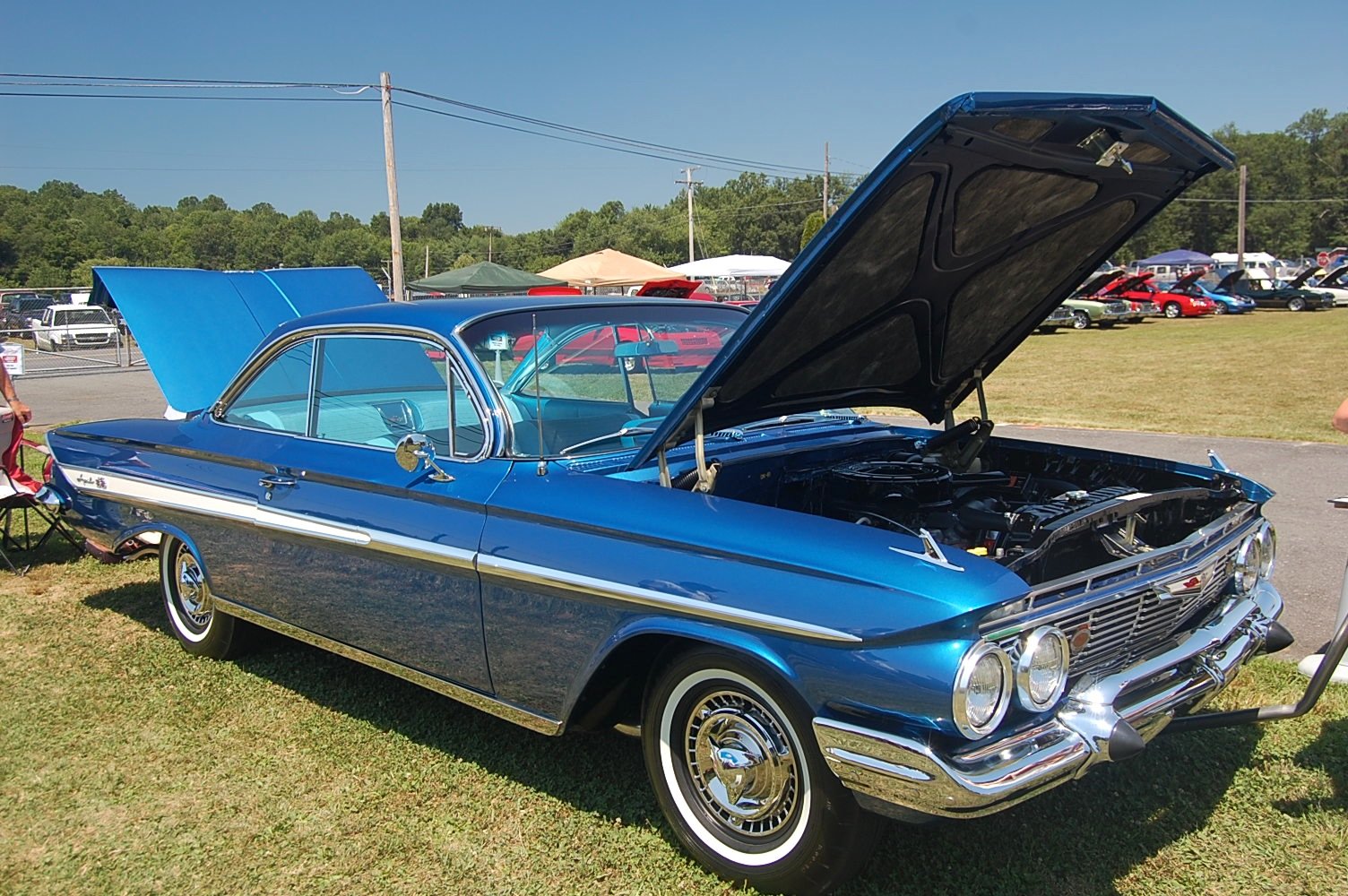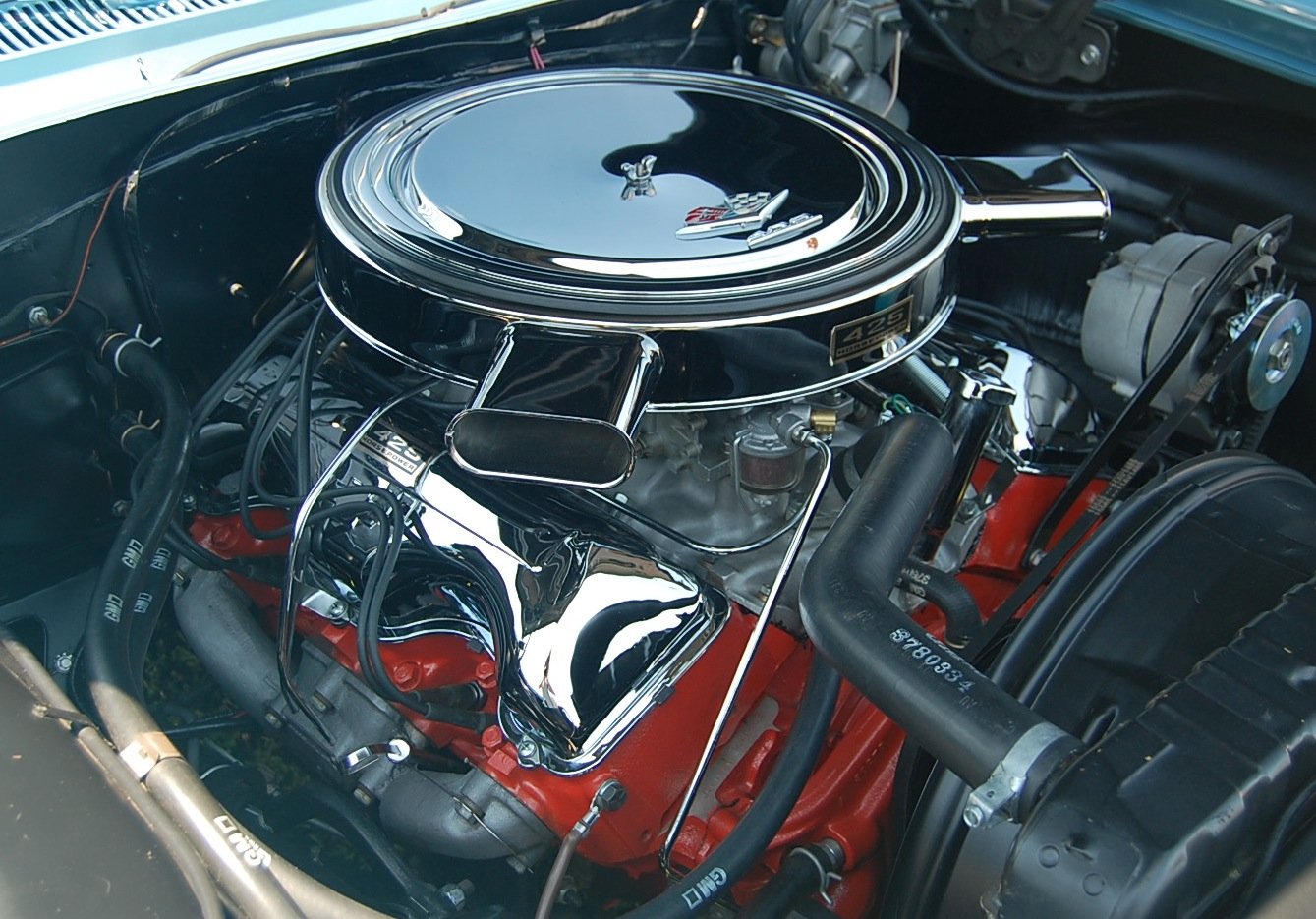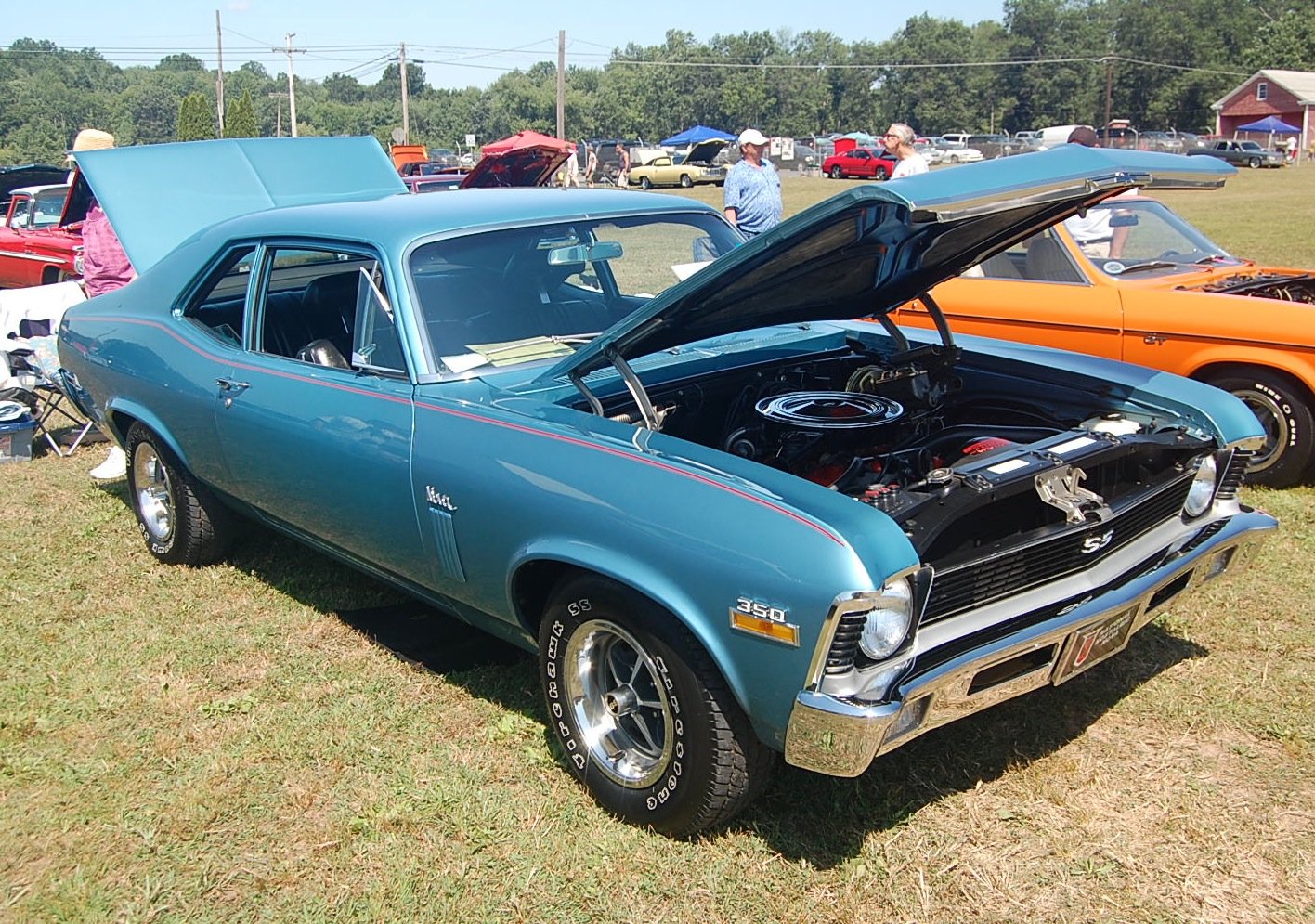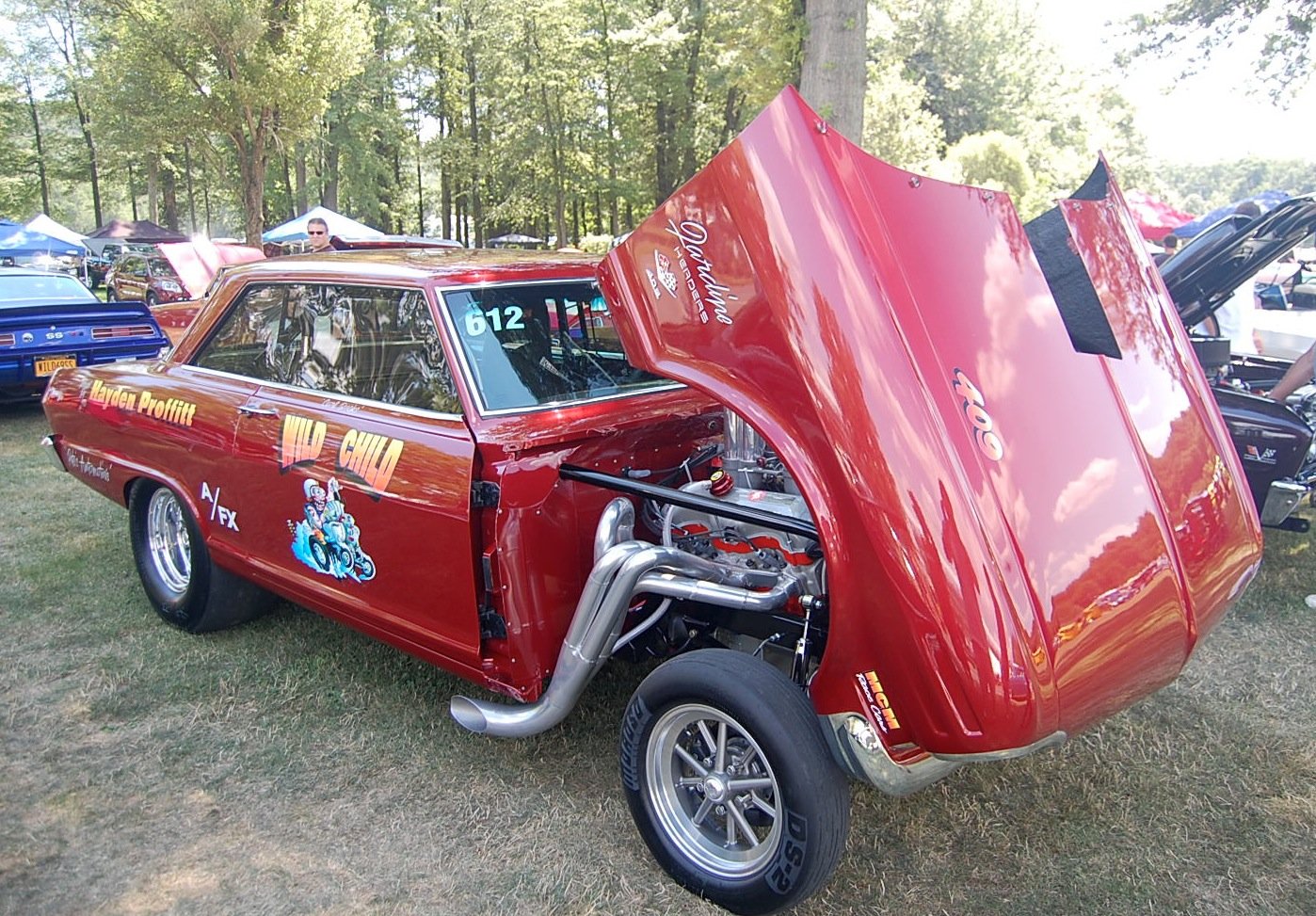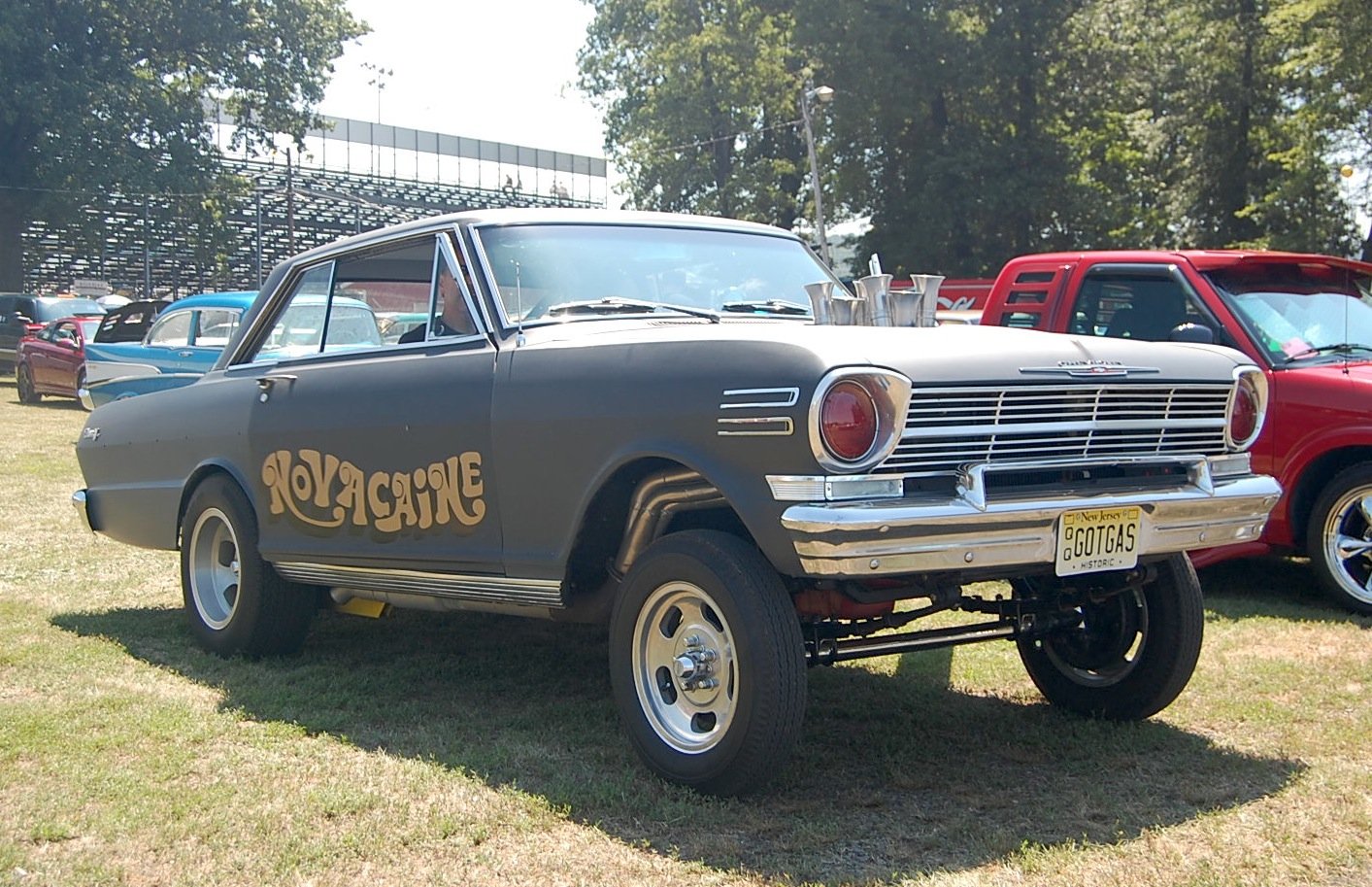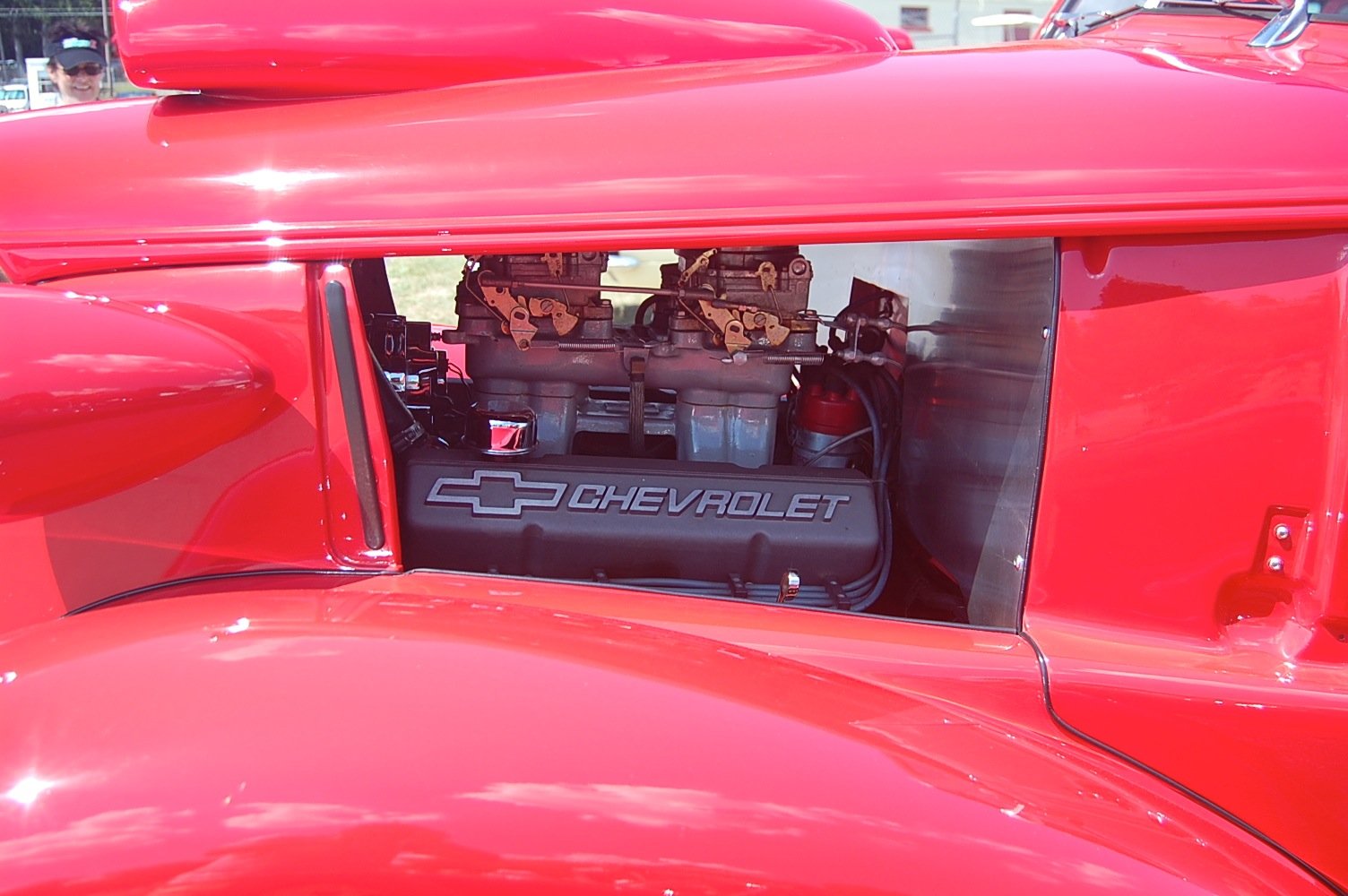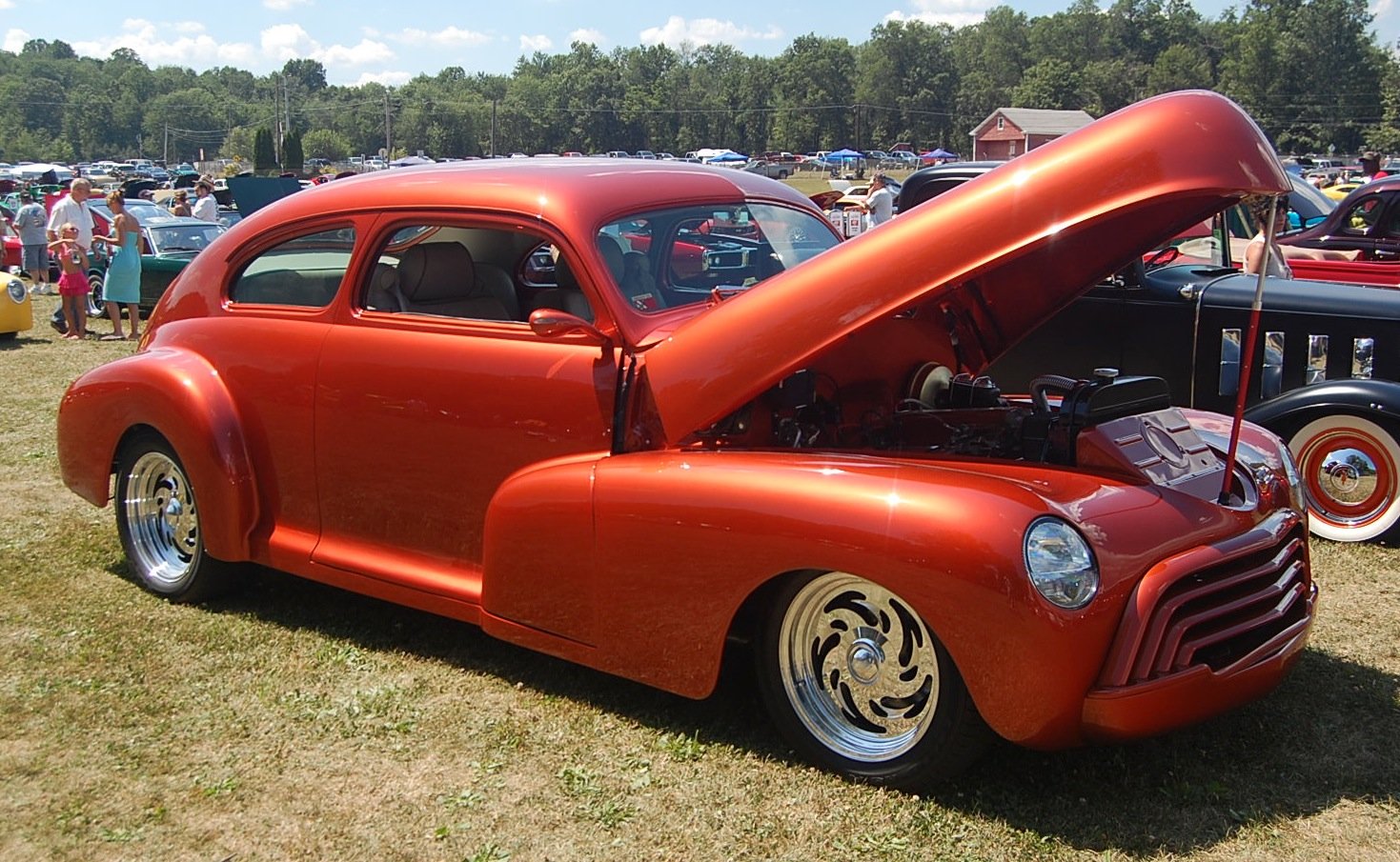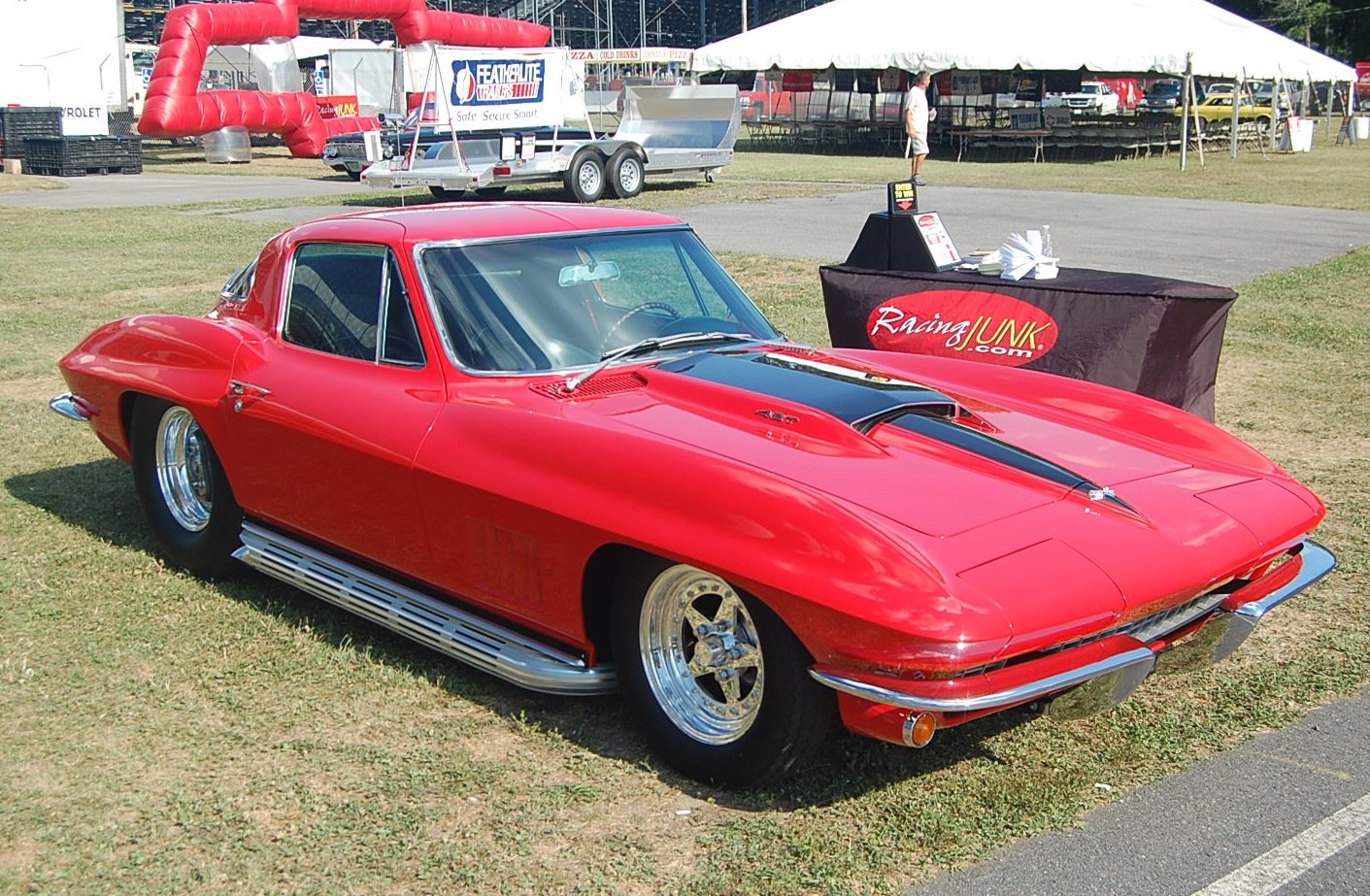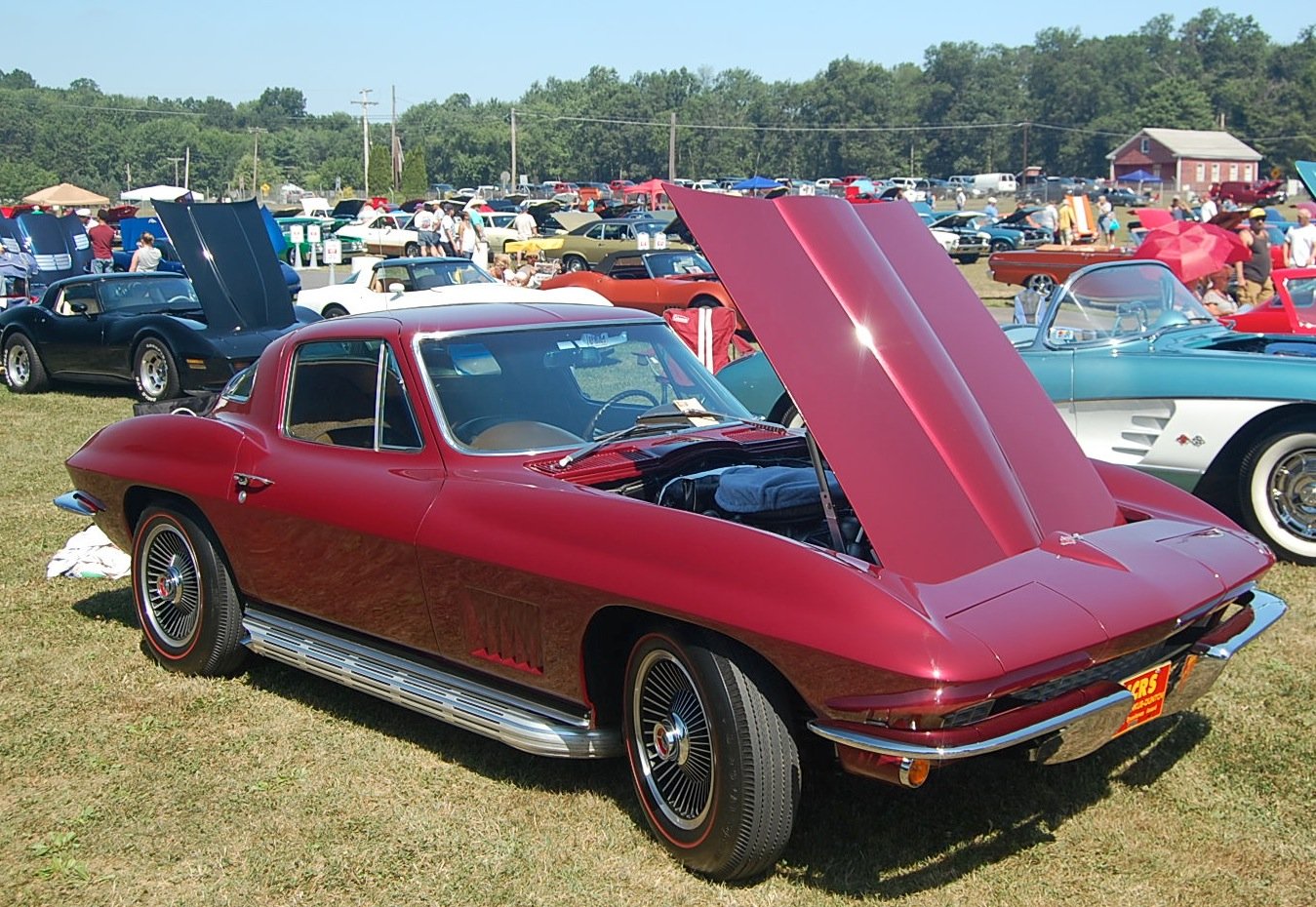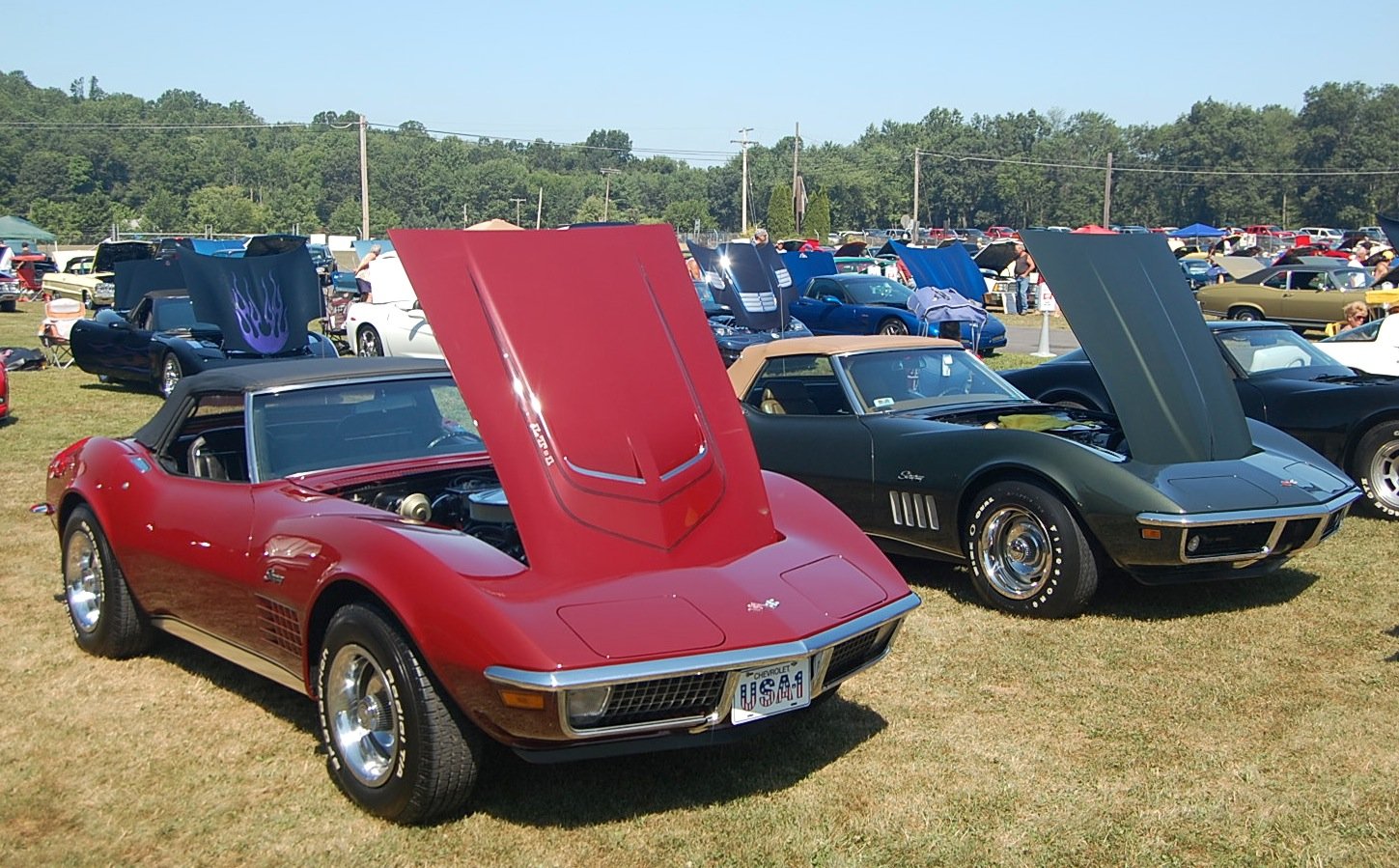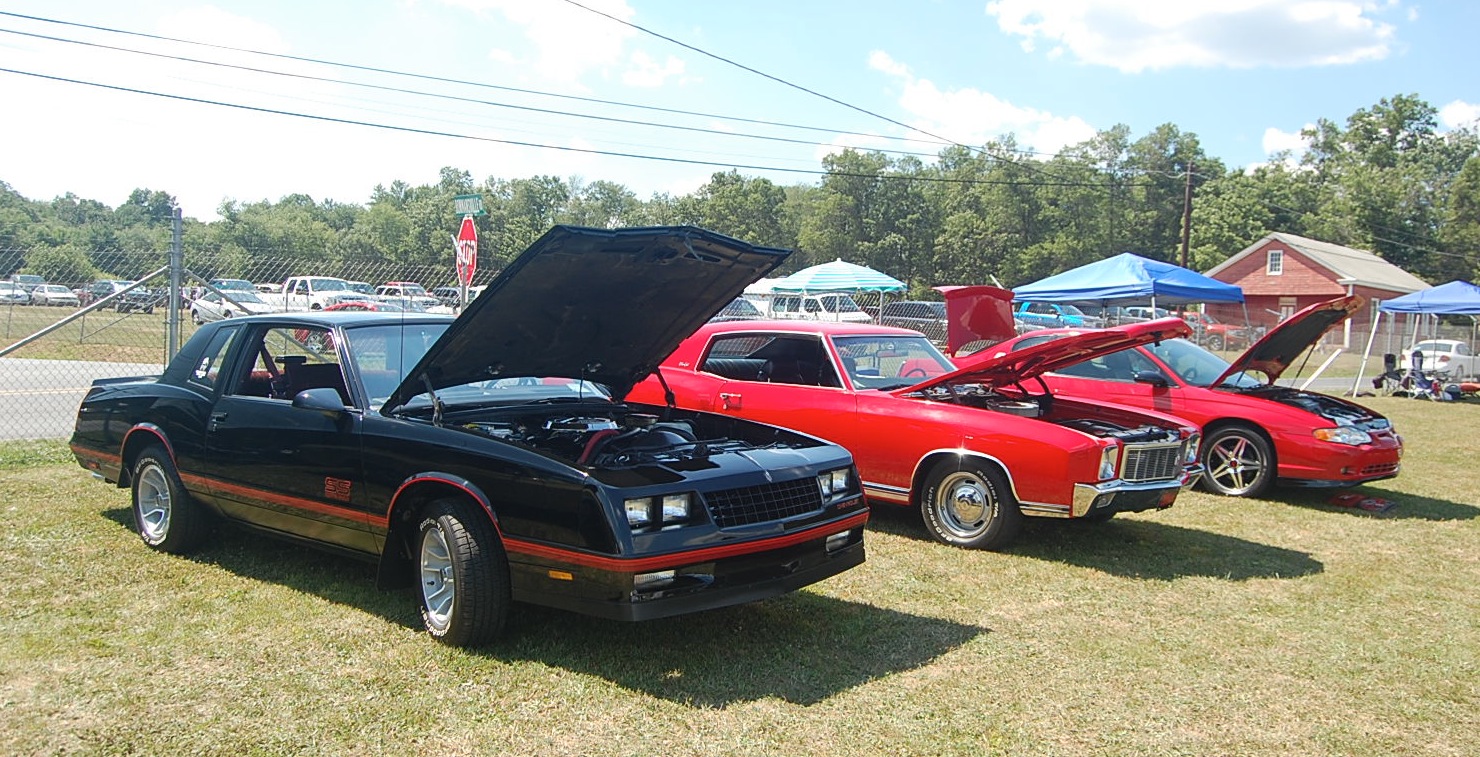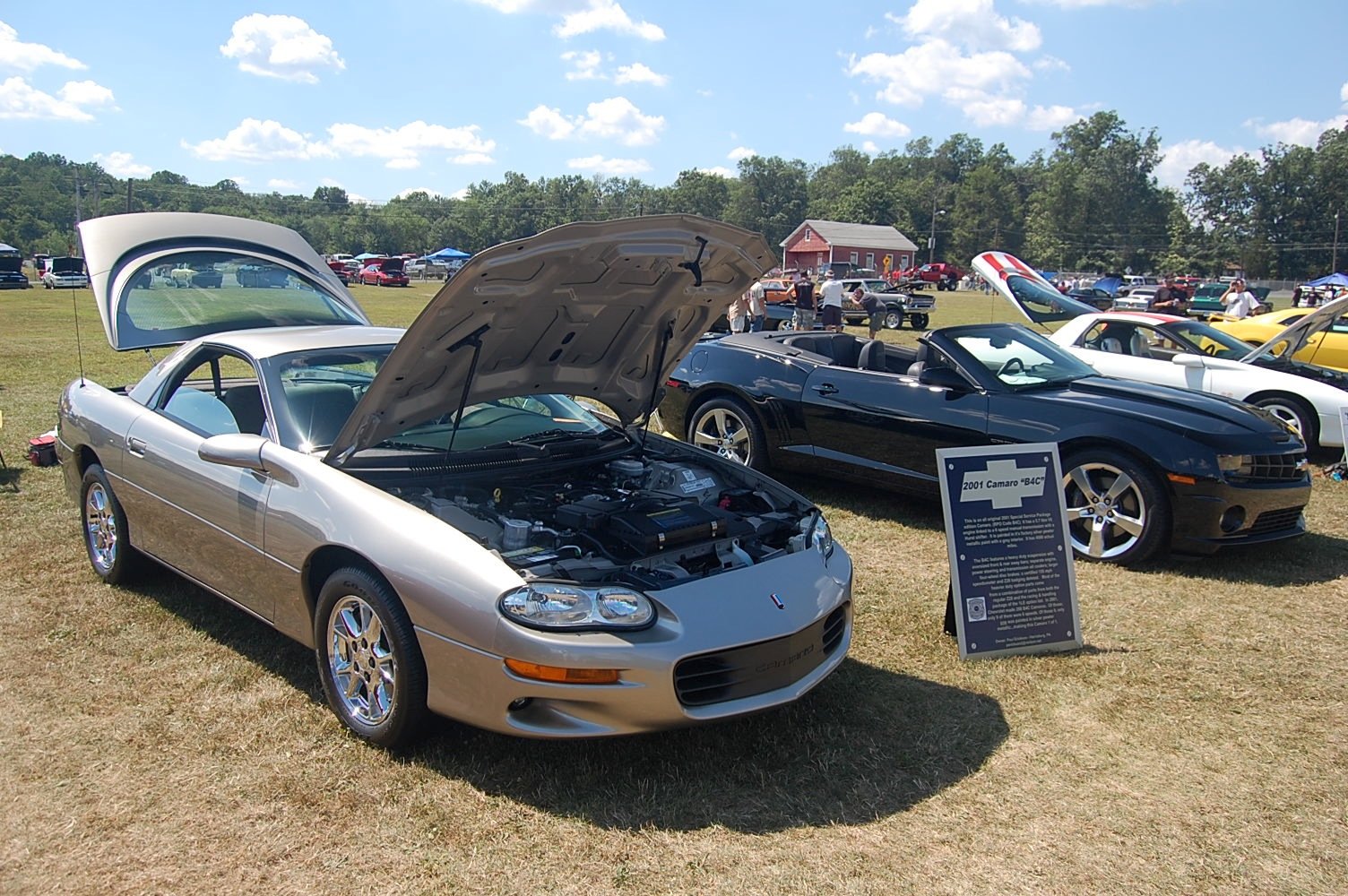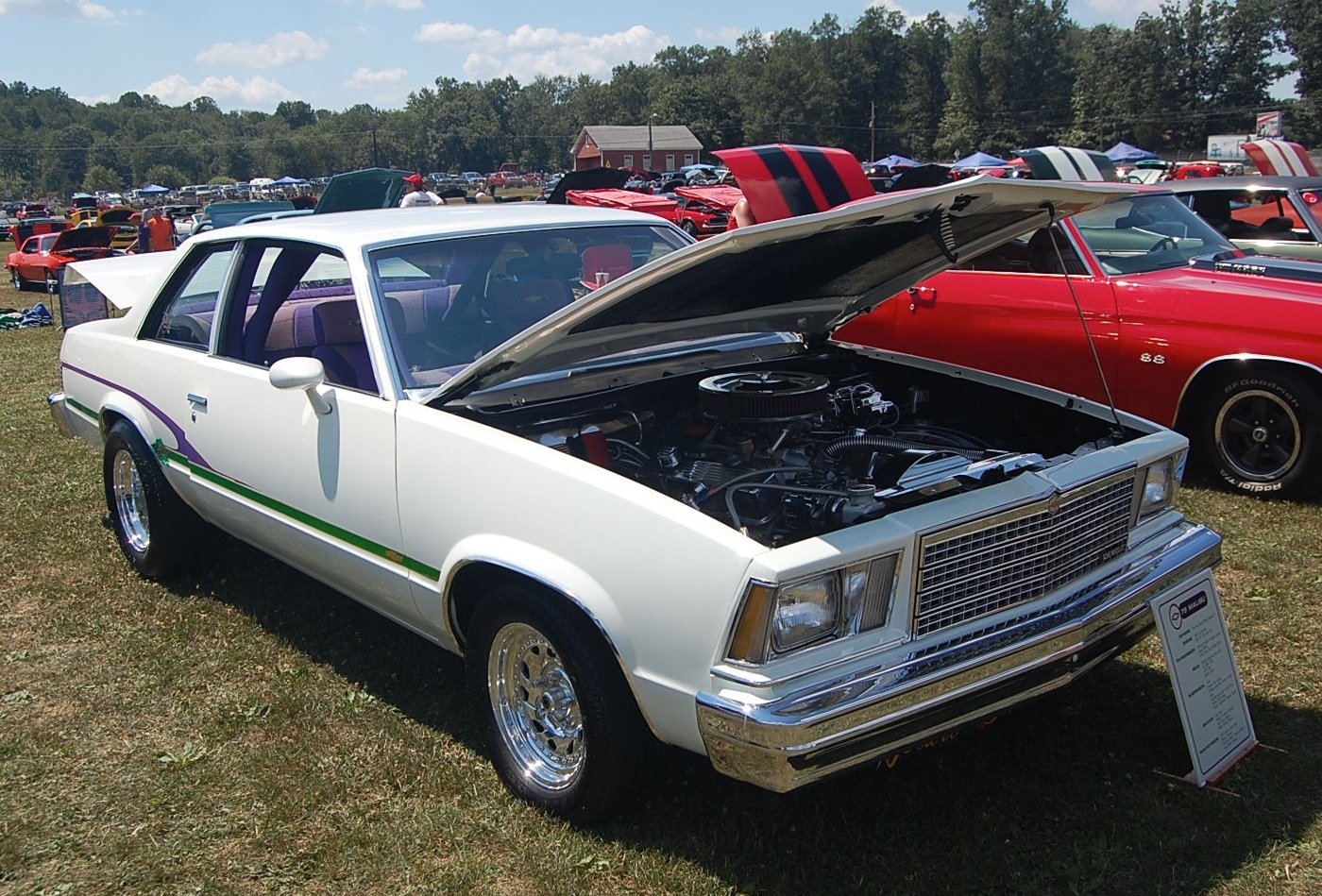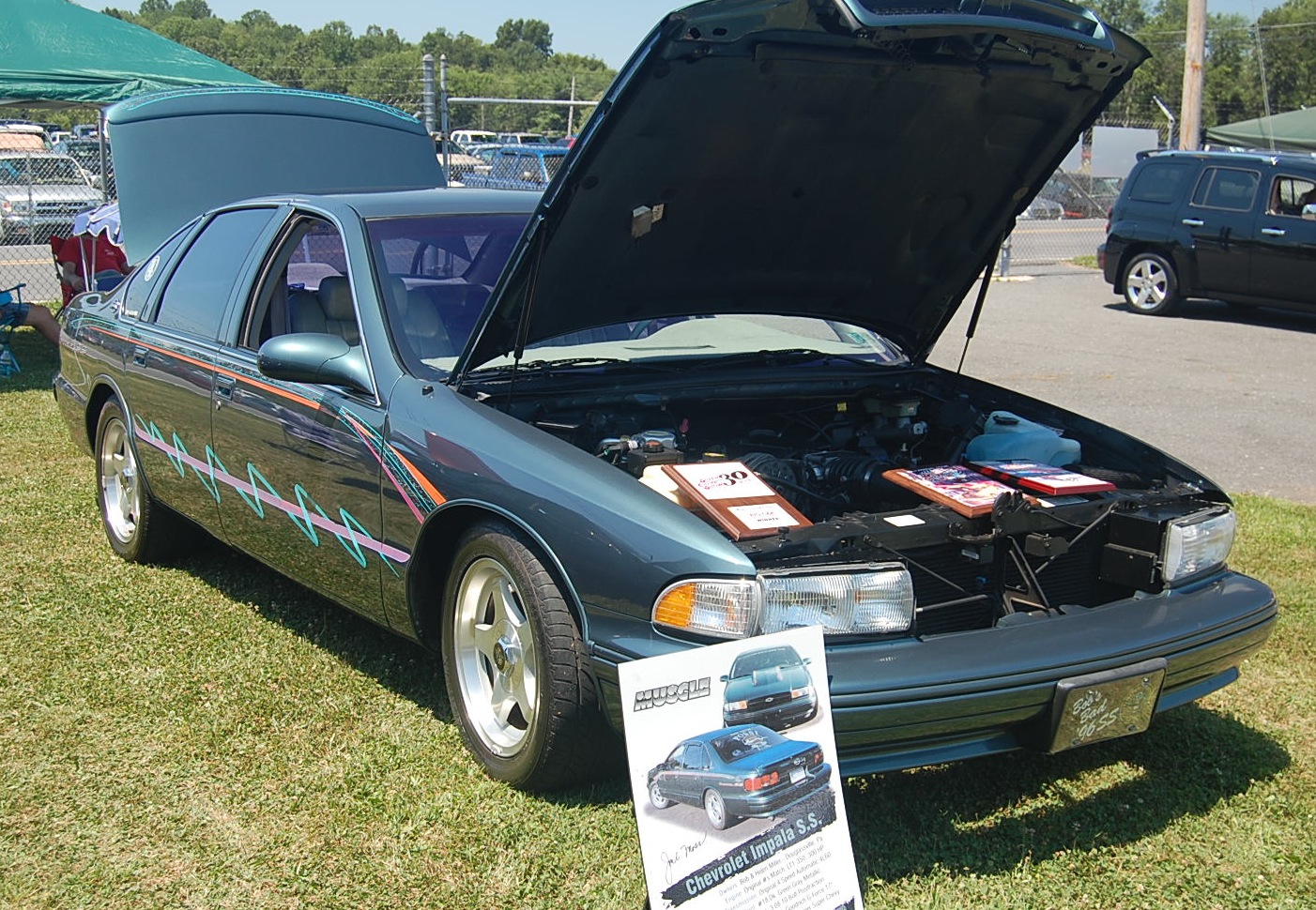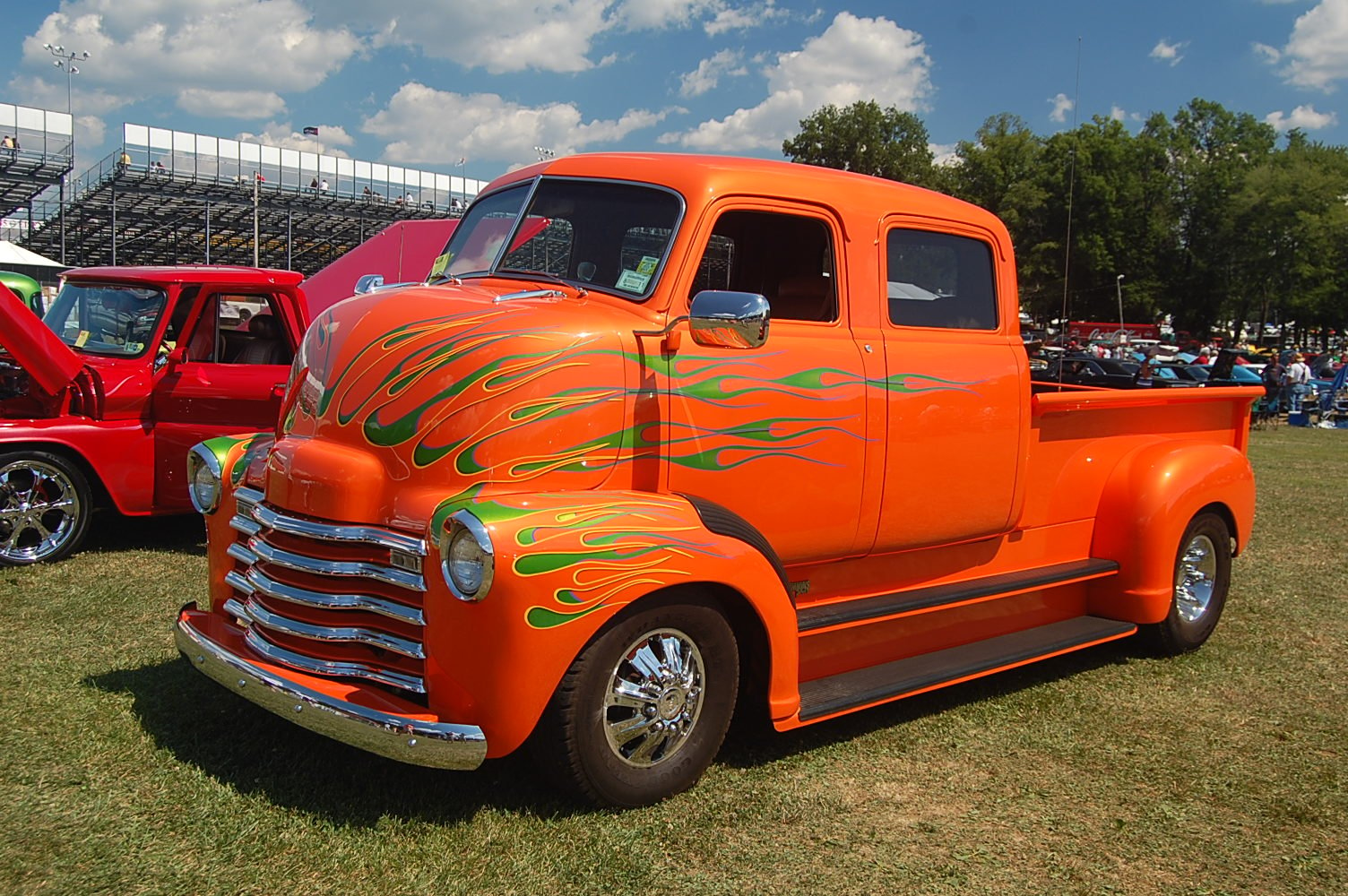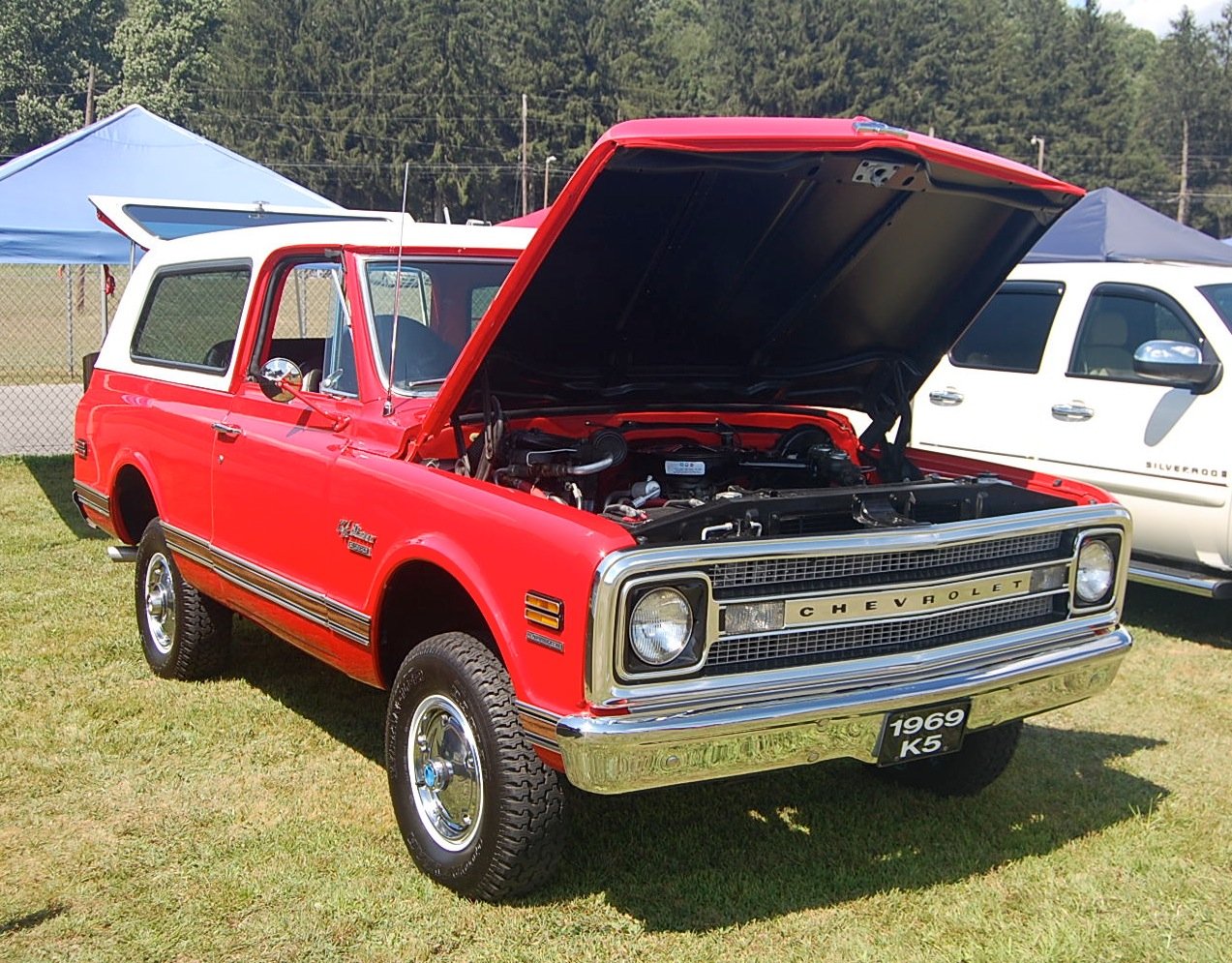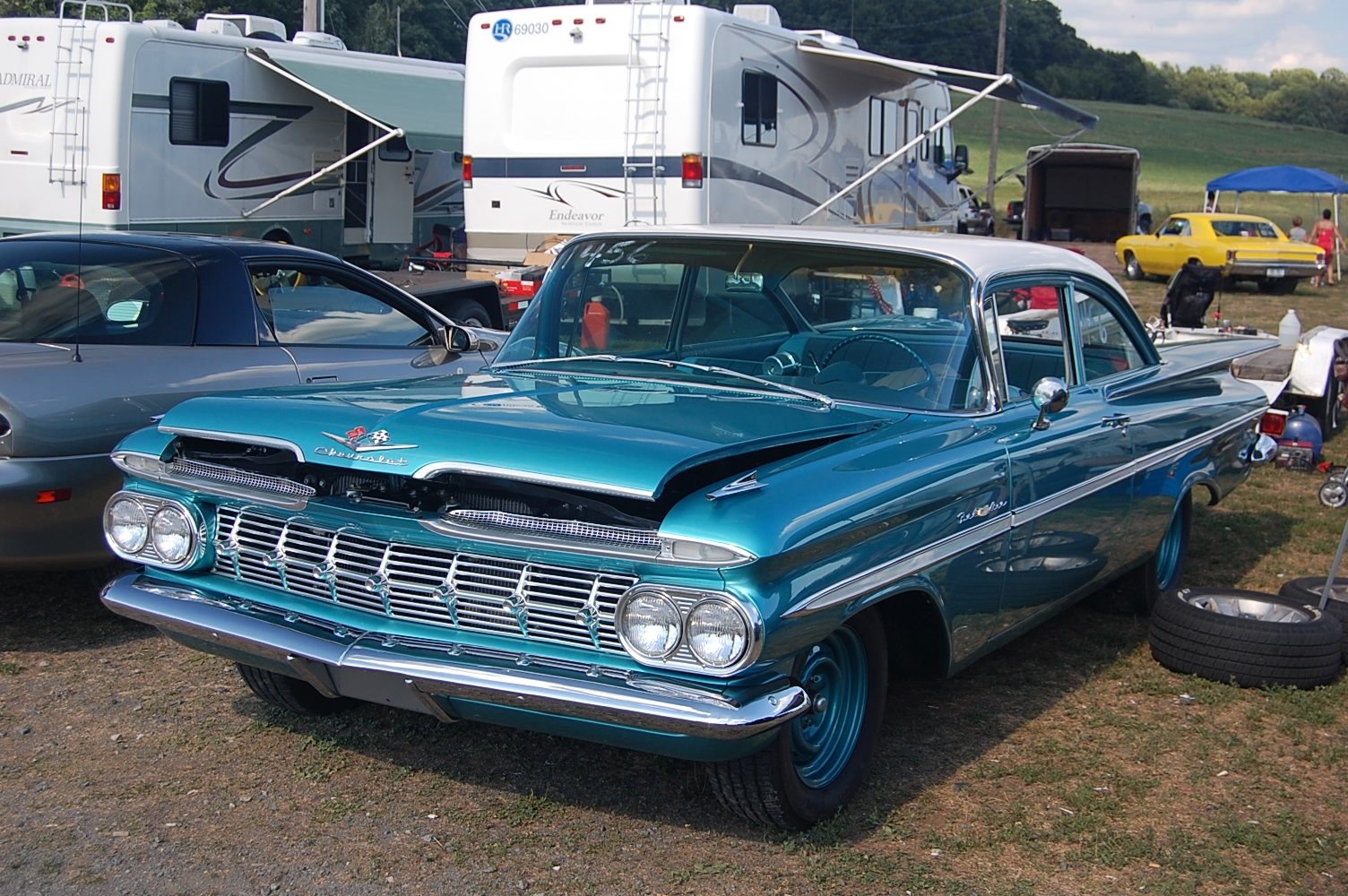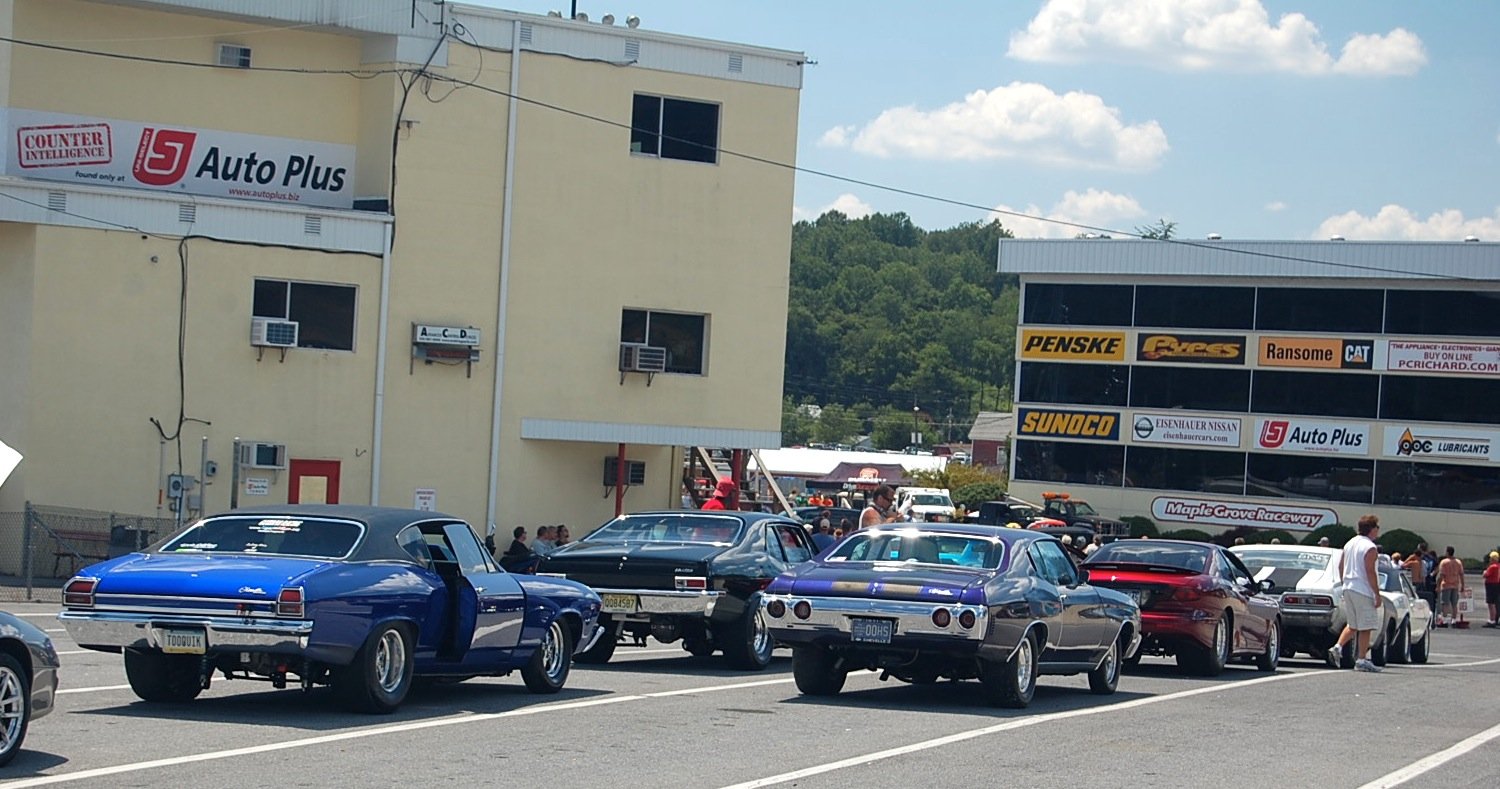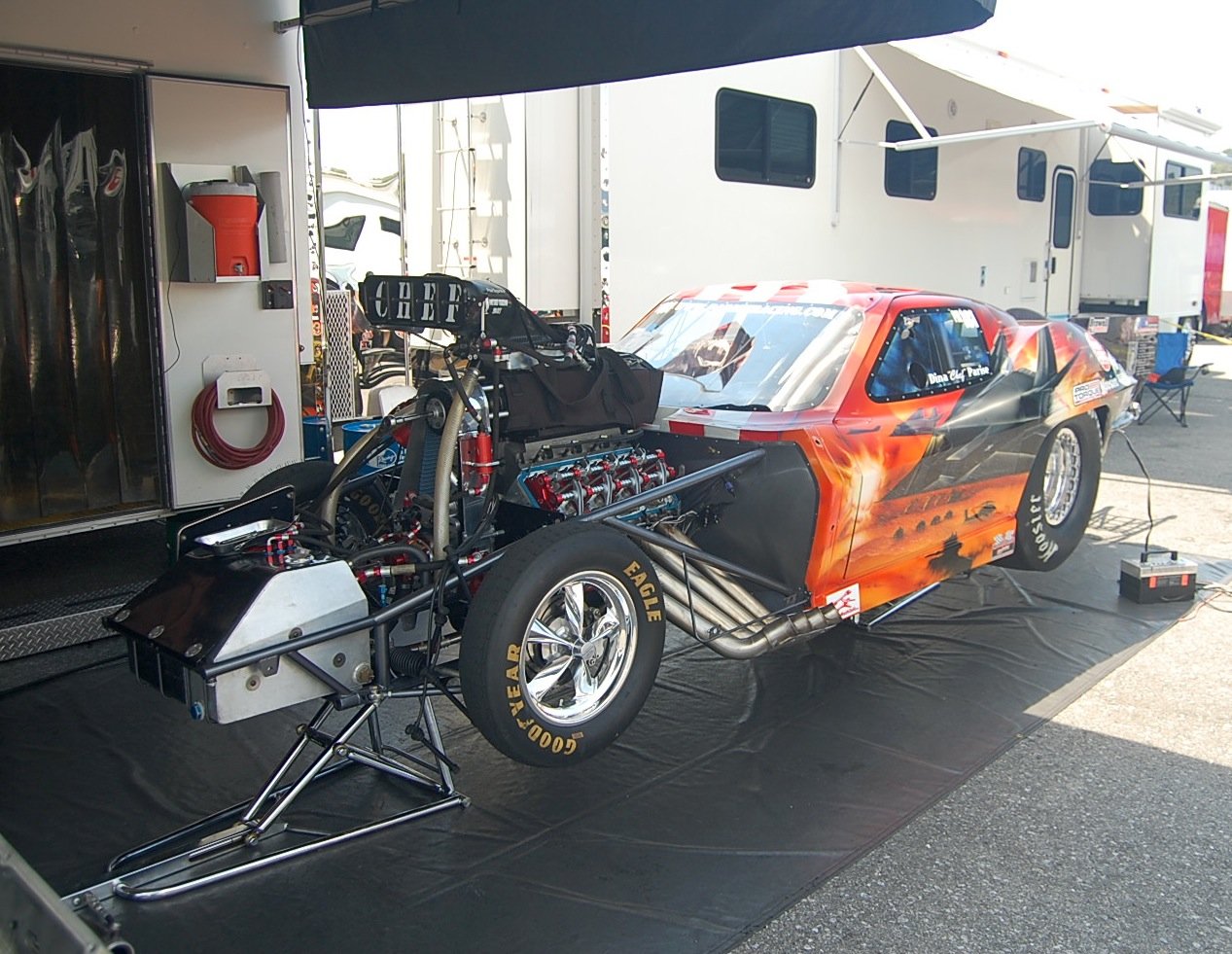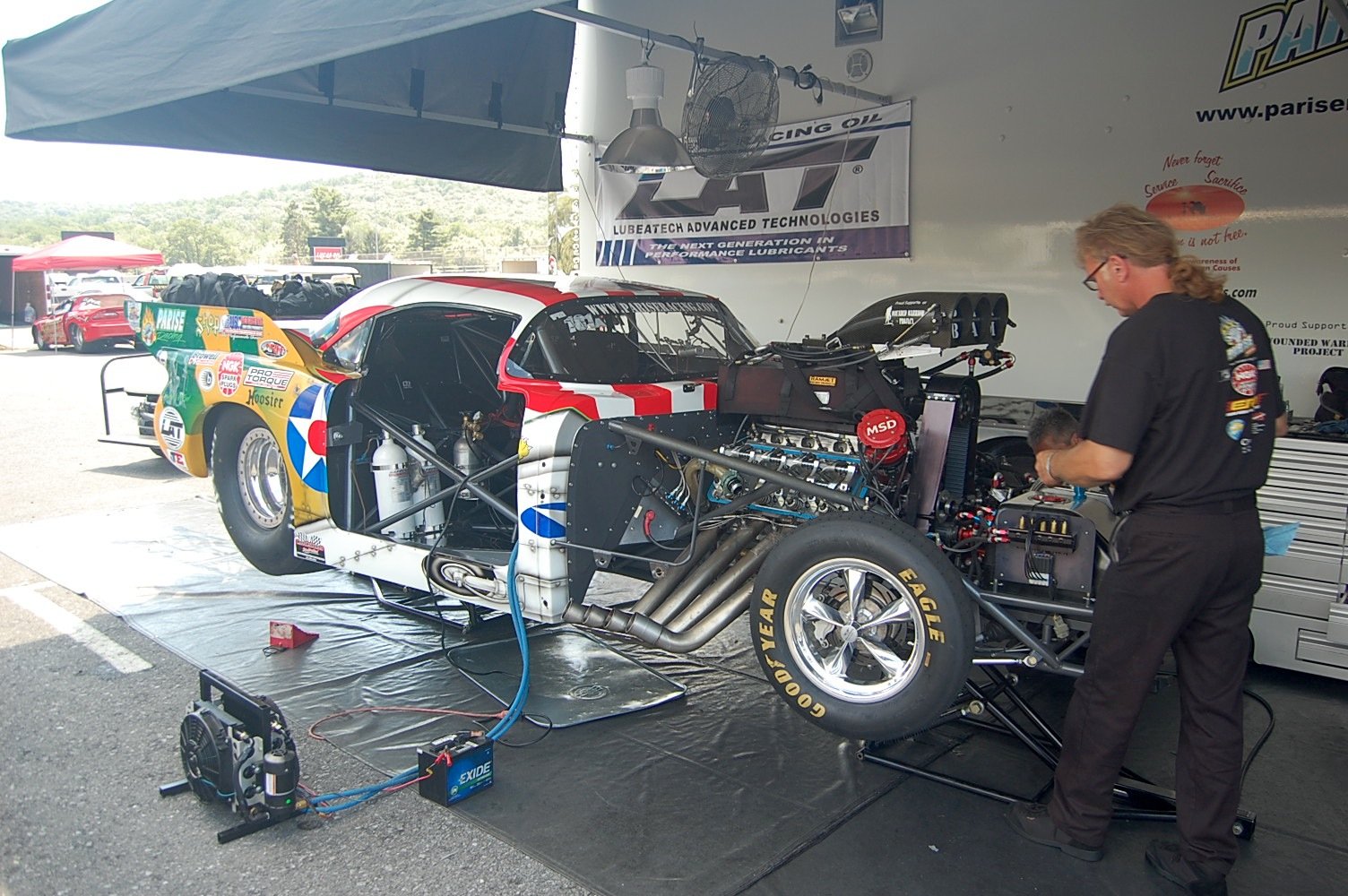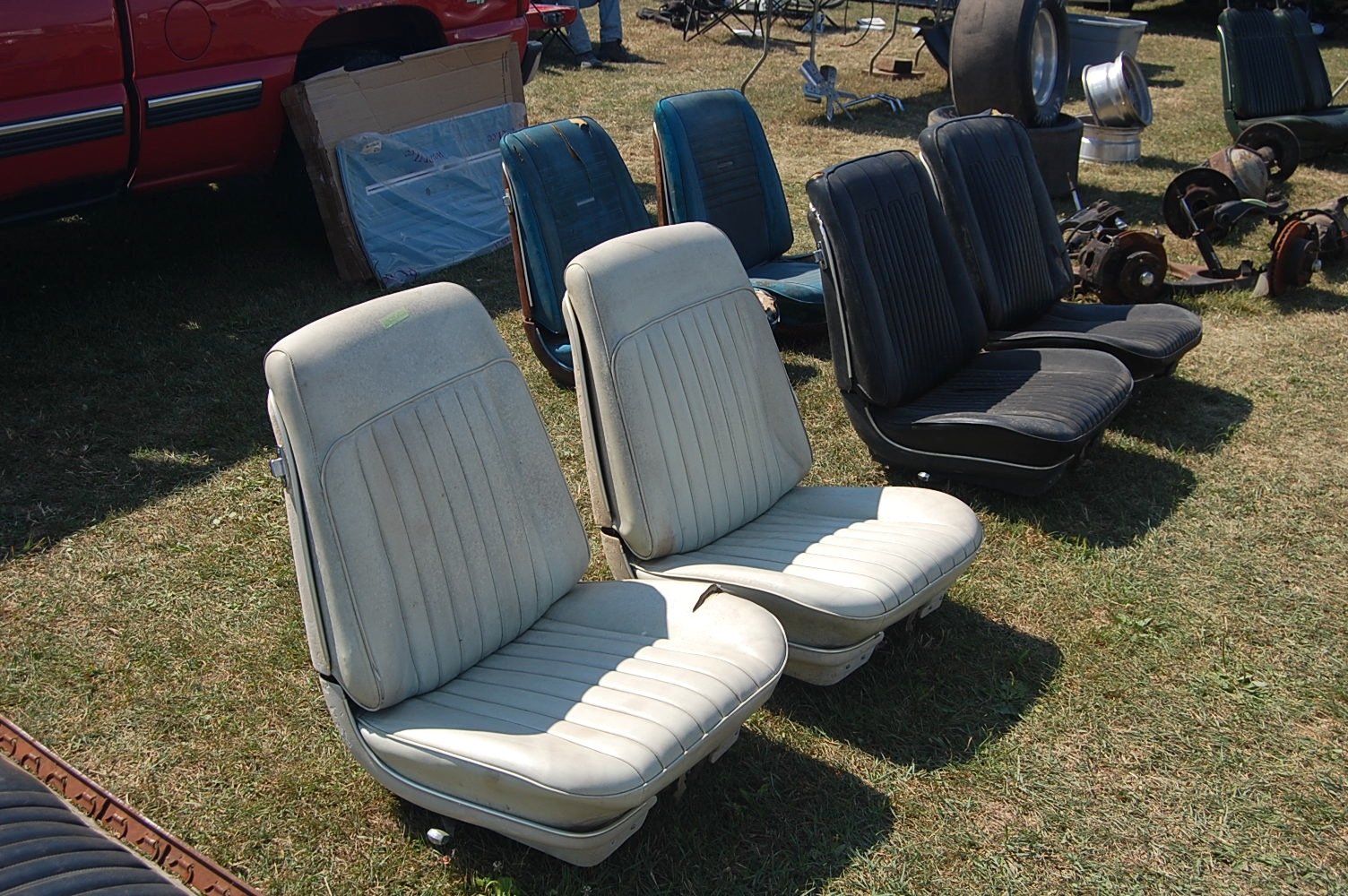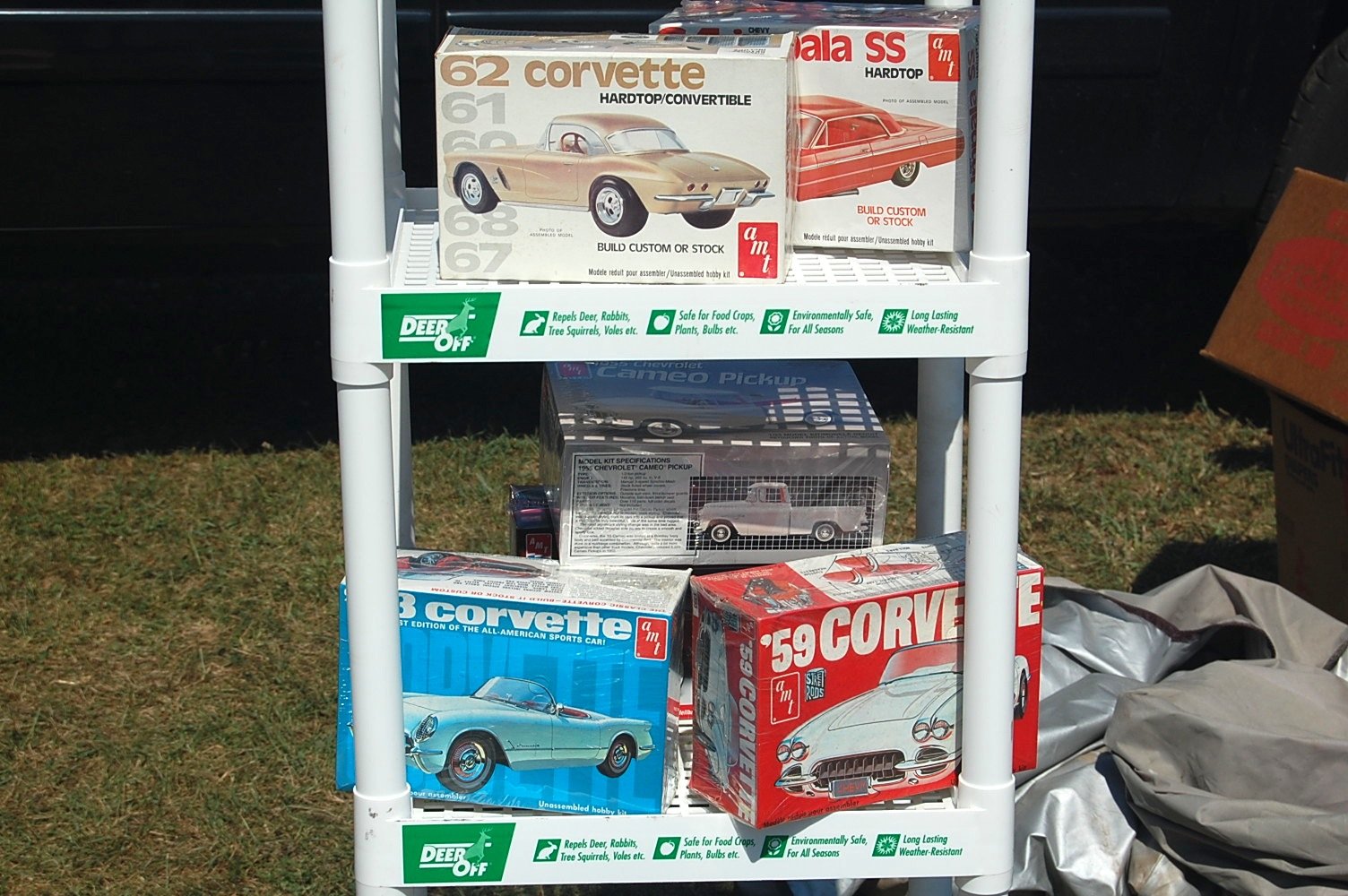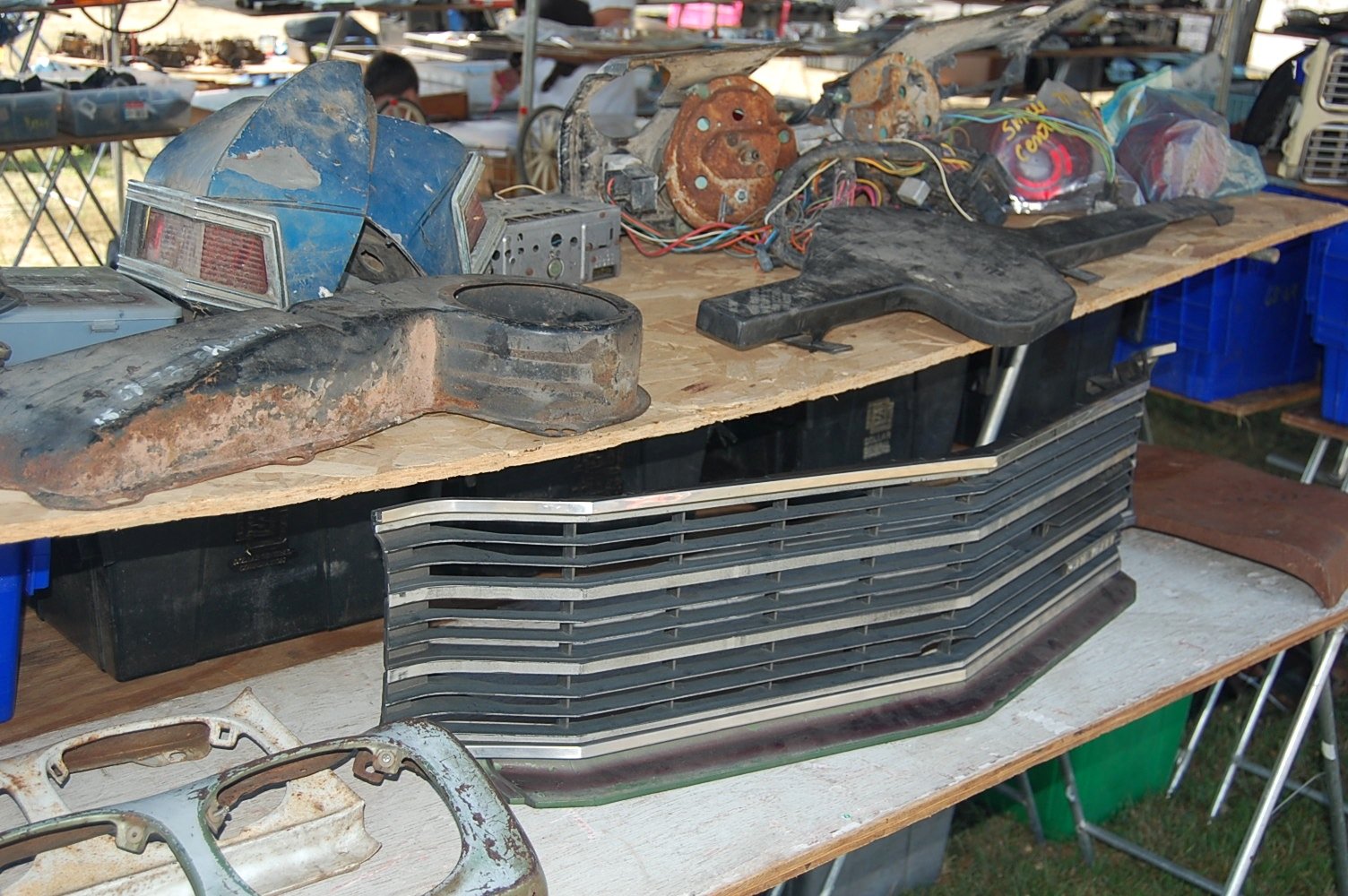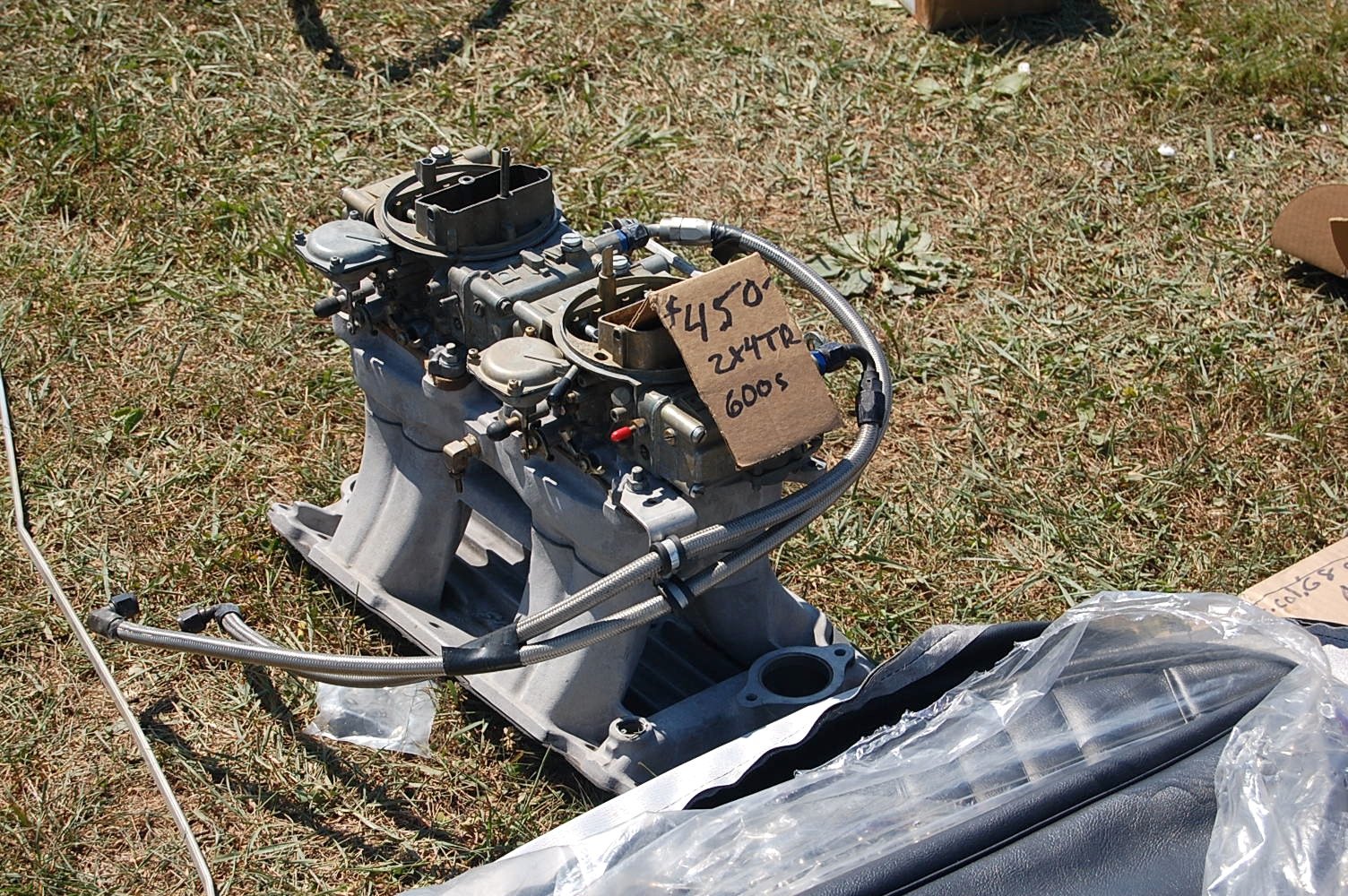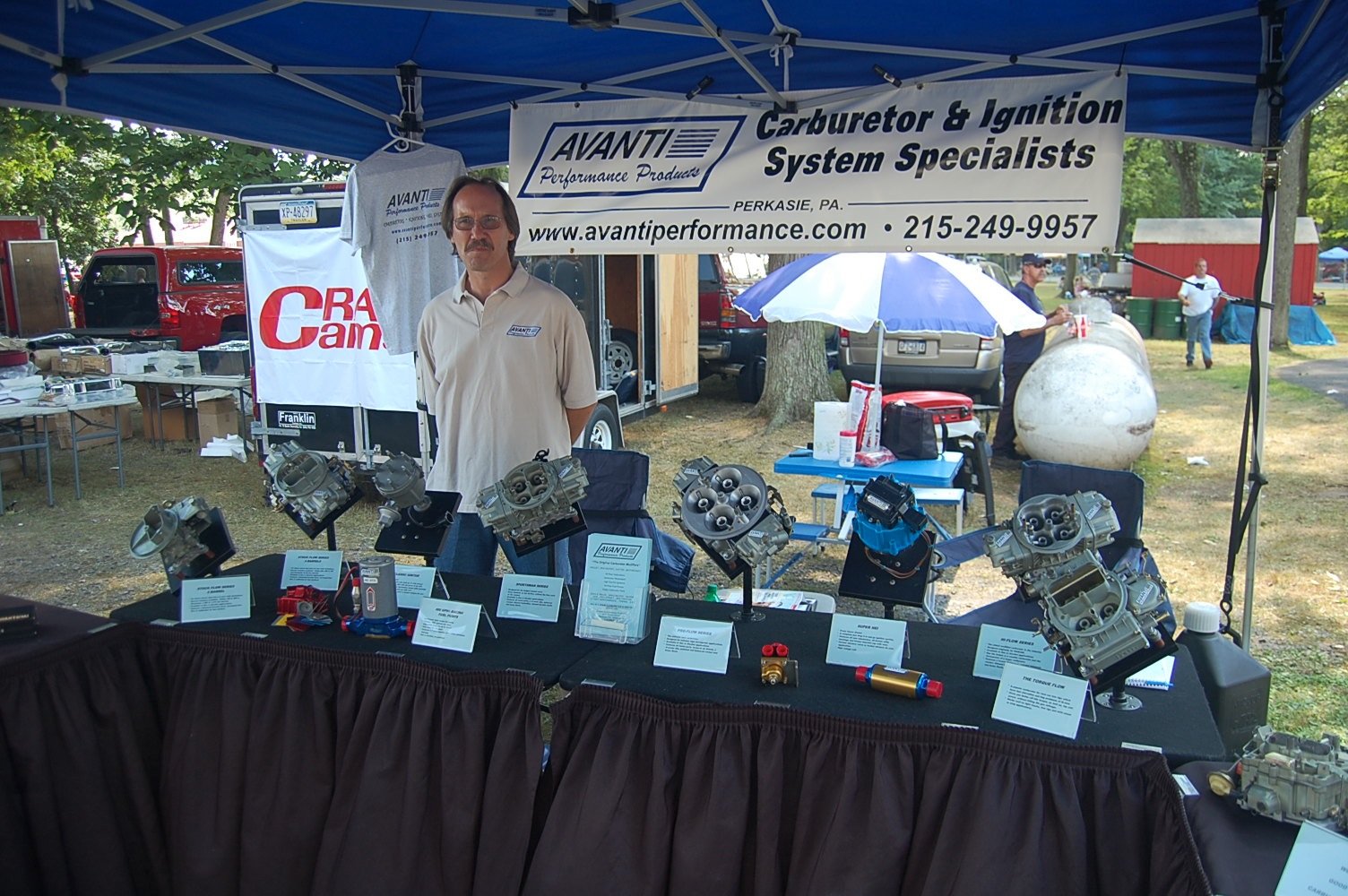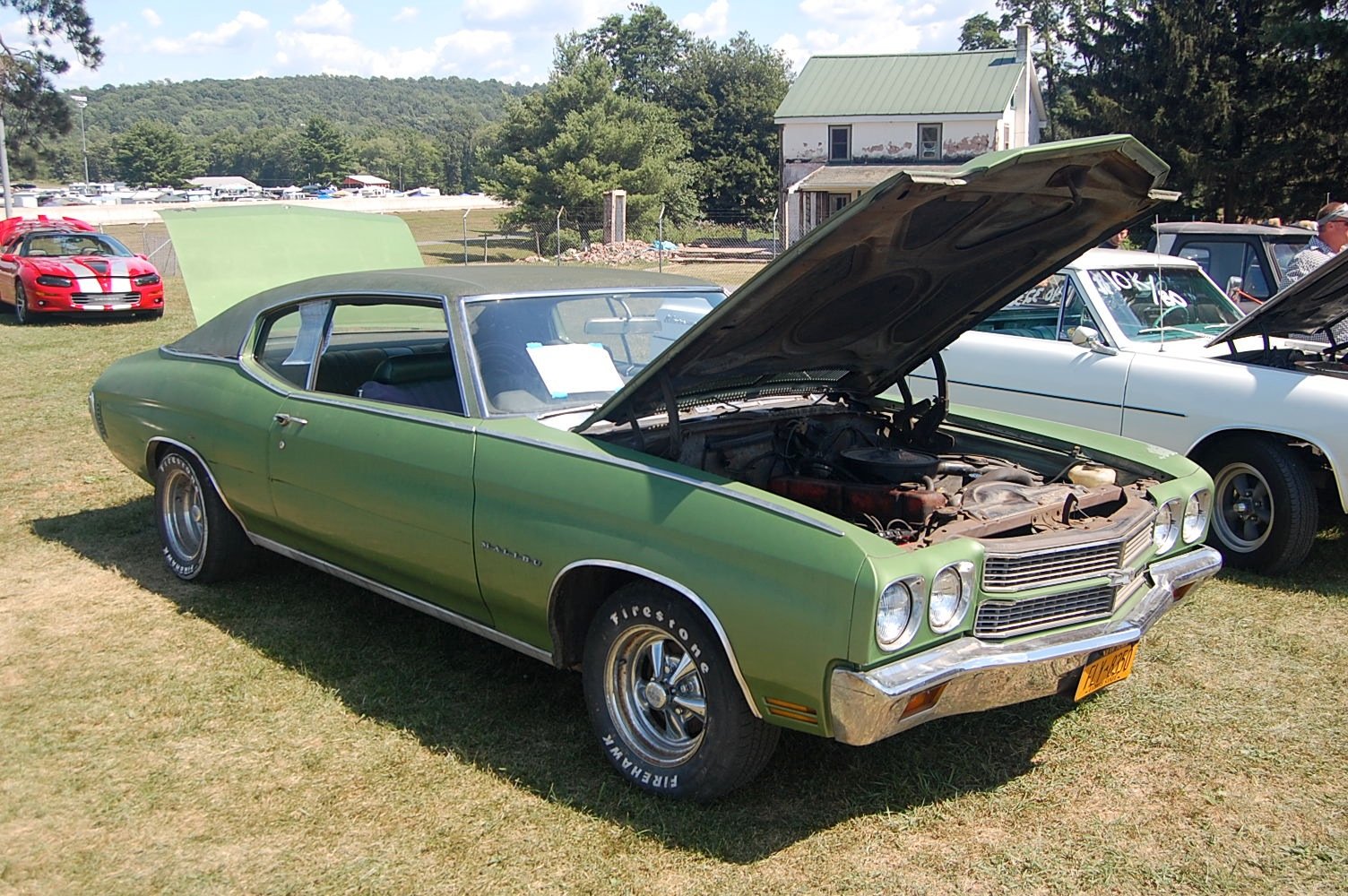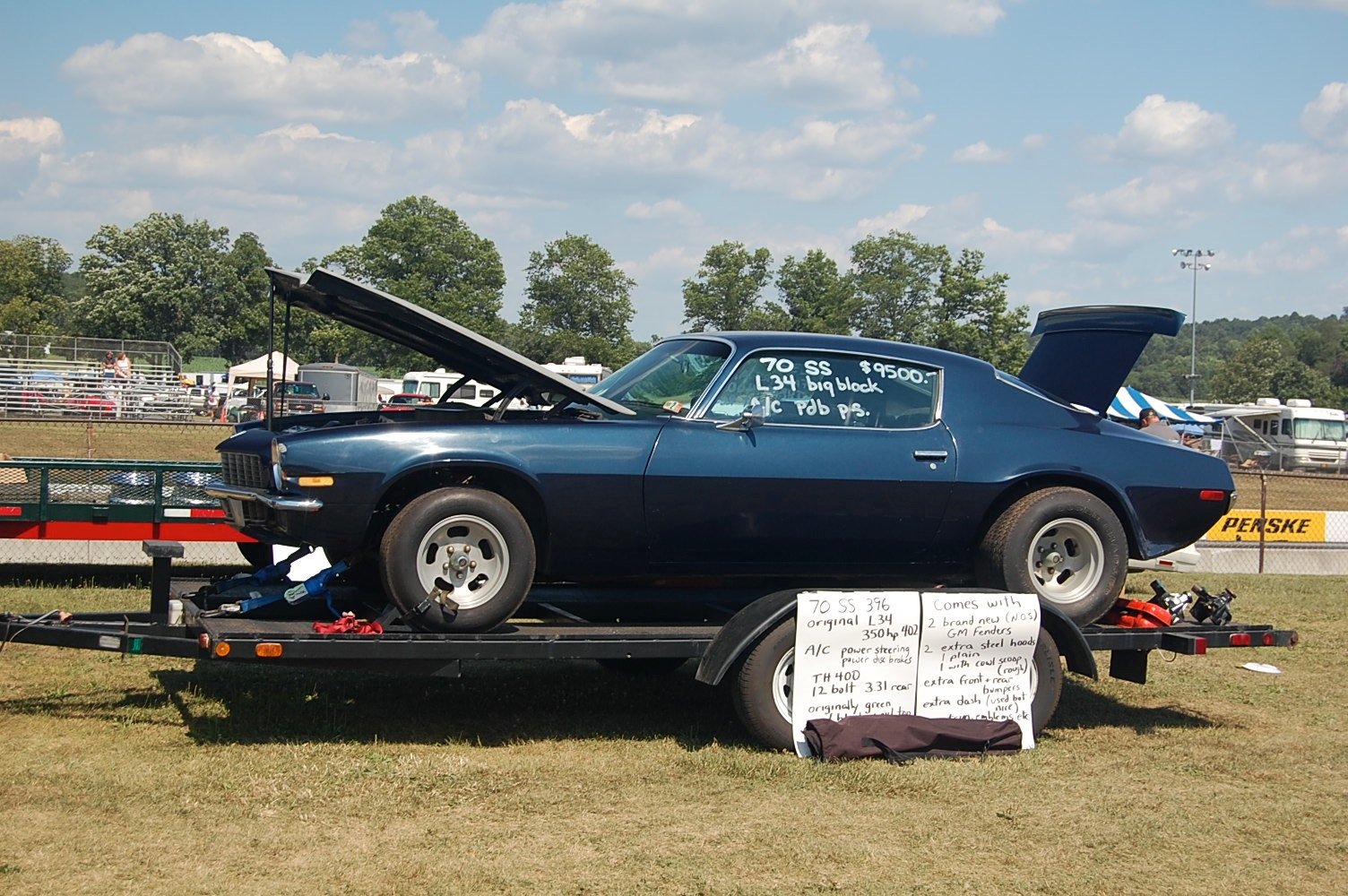Not far west of Philadelphia – the City of Brotherly Love – there’s a town called Reading. Due south, in the backwoods of Reading, is a zip code with the name Mohnton attached to it – this is the home of Maple Grove Raceway. It’s a place that pulls car nuts from all direction in Pennsylvania, New Jersey, Delaware, Maryland, Virginia, New York, and even New England.
And on July 14-17, 2011, with weather that perhaps will be the best of the summer, about 1,500 Chevrolet owners and nearly 400 swap meet vendors converged at Maple Grove Raceway [3] for some Bow Tie fun.
As an owner of a Brand X General Motors vehicle, Chevrolet is just another GM brand to me, albeit one that made super-cool SS 427 Impalas and mid-year Corvettes. But I’ve learned the Chevrolet posse is a bit more than just followers of the Bow Tie: They are restorers, hard-core racers, old-school hot rodders, and original owners. Sounds like any brand can make that claim, no? But Chevrolet represents more than a brand – it’s an automotive lifestyle.
This guy is the perfect example. Chevrolet built well over a million Chevettes, but how many do you see today? Using a well-designed motor as the basis for creative-ideas-on-wheels is what it’s all about.
This 2010 Camaro was given the 'Rat Rod' treatment. Motor is a supercharged 485 putting out 804 hp.
GM Performance tall deck aluminum block, Mast Motorsports LS3 cylinder heads, American Racing exhaust system with electric cut-outs, and upgraded fuel system are but some more mods.
Next to this Camaro was an early-1950s Plymouth wagon. It too was given the Rat Rod treatment but obviously has had a transplant to Chevy power.
Plymouth two-door wagon stuffed with Mouse Motor!
Which brings me to the question: Why are Chevy guys and gals so hell-bent on installing their motors in anything? Isn’t it sacrilegious? But I arrived at a breakthrough thought – it’s a hot rodder’s mentality. In another era, hot rodders would buy whatever car they could get their hands on, then install the hottest motor they could find, whether it was a Flathead Ford, a high-compression Cadillac or Oldsmobile V-8, or a 331 HEMI. Due to the popularity of the small and big block Chevy motors, this mentality continues today with any Brand X car. Take a look at this rare 1972 Charger Rallye as a great example.
The Rallye replaced the R/T in 1972. This one originally came with a 400 Magnum - a rare car unto its own. Do you like this better than an equivalent Chevelle SS?
Here's another group of Brand Xs with Chevrolet power: 1960 Ford Falcon wagon and 1965 Buick Skylark.
Imports were not exempt from the Chevy posse. This Mazda RX-7 and Datsun 240Z (350Z?) are my kind of hybrids!
But what about regular Chevrolets? How about Bow Tie power in Chevys? Relax! Plenty of variations at Maple Grove, from the Blue Flame Six, small blocks starting at 265 cid, the W-motor 348 that evolved into the 409, the Mark IV big block starting at 396…even a Cosworth-modded aluminum four-cylinder in a Vega. They all have had their proud moments, which is why Chevrolet is America’s favorite brand. How would you like to start? Citation? Bite your tongue! Let’s start with the Chevelles.
Early Chevelles don’t have the popularity of, let’s say, 1970 LS6 454s. However, there were plenty of 1964-65 cars to show that they’re not the red-headed step child of A-bodies. It’s also neat to see the evolution from basic mid-sized transportation to America’s favorite muscle car.
This green '65 300 Deluxe two-door sedan is owned by Jim Wingo. Contrast the grille with the black '64.
The green '69 sports Ansen Sprint wheels. The black '68 has the early-production side marker lenses that were later changed. The top L78 motor was rated at 375 hp.
This 1971 Chevelle convertible was interesting in many ways: Sedate color, 4-speed, 350 2bbl.
But this wouldn’t be a Chevy show without Camaros! The 1967-69 Camaro is the spiritual successor to the 1955-57 Chevy in the hobby. The combination of classic GM “Coke-bottle” design with two of the best engine series in America has made it a love affair for many. Which year do you prefer? With or without Rally Sport trim?
There’s enough variation with different years and trims to give an automotive archeologist a hard time deciding which configuration he or she likes best. Is it a car with the Style Trim Group like above? Or a ’67 Rally Sport with the chrome rockers? Or maybe you don’t like the vent windows on the ’67?
Well-done 1968 Yenko clone fooled a lot of people.
Two 1969 Camaros, stock and modded, SS and SS/RS.
Every once in awhile you stumble upon something that’s different from the same old, same-old that everyone else is doing. Look at the above ’67 RS – it’s using perhaps the best color combo known to Man, and the owner did a nice job flipping the colors for a “shadow mask” effect. Nice, eh?
Second-gen Camaros were also out in force. The Disco-era cars are becoming more popular, and people are beginning to restore them in force. However, the purity of the first iteration from 1970-73, like this SS, is more my style.
None of this could happen without Chevrolet’s big cars. The Bel Air spawned the Impala, which spawned the Caprice, but in between all those there’s the 150, 210, and Biscayne. In some years one may have been the top of the line, while subsequent years may have knocked it down a notch.
Nomads are arguably the best expression of GM's design prowess in the 1950s. This '55 is right from so many angles.
But Nomads are not the only cool wagons out there - what about a 150 Sedan Delivery with a Power Pack 283?
This 1957 convertible is typical of the hot rodding that was done when they simply were used cars. It's 'souped up' with period accoutrements and sparkly paint.
In 1957, Chevrolet unleashed Fuel Injection in two flavors: 250 hp and 283 hp. It continued for 1958-59, but for those years they are very rare for the full-size cars. The owner of this ’59 convertible built a Fuelie car using all the correct parts, from NOS Fuel Injection badges to the little screw that held the air box. By 1959, the top 283 was rated at 290 hp.
Would you believe that screw cost more than $200 for this car to be 'correct?' That's dedication for ya!
New for 1959 was the El Camino, Chevy's answer to the Ford Ranchero. Given the 'treatment' and some Halibrands, this car is super-sweet.
Do you know what the above photo is? It’s a Sun tachometer for a 1961 Impala SS with a 409. The car is a true Super Sport – the first year for the package – but it originally came with a 348/350, which is rare enough as it is. Tommy Nolen from Virginia is the proud owner.
A bit over 400 Chevys had the SS package in '61. Less than 150 had the brand-new 409. To me, this is Chevrolet's peak in style and substance.
By 1963, the 409 offered three versions with up to 425 horsepower. This is a top-line Super Sport convertible.
Below you can see the proud owner of this 1968 Caprice sport coupe. Wouldn’t owning that make you proud too? But, the thing is, he bought it new so the pride runs deep.
In case you think pre-Tri-Five Chevys don’t get any love, this one’s for you!
Next up are the Novas. Created as the utilitarian Chevy II to offer a conventional alternative to the advanced Corvair, it soon developed into a serious performance vehicle, especially with the L79 327/350 in 1966. By 1968, big blocks were being offered.
The 1970 Nova SS on the left is an original-owner 350 car, while the '66 on the right has the L79 327 - the same type that Grumpy Jenkins used to give the HEMI fits.
As I had mentioned earlier, I came to the realization that being a Chevy guy may mean being into building an outrageous motor for an outrageous car. What may have passed for outrageous back then may be tepid today, but the older way seems to always stay in style.
Two Novas demonstrate different formulas for going down the 1320.
 [63]
[63]There was a time when cars like this Camaro appeared on the cover of Car Craft and Hot Rod magazines every month.
Over-cammed racer or custom cruiser, there's something for every hot rodder at Maple Grove.
So where were the Corvettes? America’s Favorite Sports Car is a Chevrolet, after all, and always has had Chevy’s top motors. Fuel Injection? Check. Mark IV big block? Check. Aluminum ZL1 427? Check. But late-model Vettes also get some love too.
 [67]
[67]It's hard to believe the "new" Corvette only had 205 horsepower in 1984. The past 10 years have been especially kind to the brand.
The 1967 Corvette is many people's favorite. The big block cars with their 'Stinger' hoods and contrasting colors has served inspiration to aftermarket companies.
Here's a '67 with the L79 327/350. Owner said it was original with close to 30k miles. The next year brought a new design. This maroon convertible is a '70 with the LT1 350 rated at 370 horsepower. The green/tan '69 to the right has the standard hood, signifying a 350.
The 1970s surely were a tough time to be a car guy or gal – this was true throughout the world, not just in Detroit. It was a long road to get back on track with horsepower, but that doesn’t mean those cars along the way aren’t interesting. Take this Vega for example.
 [72]
[72]In 1973, Chevrolet produced the millionth Vega. To commemorate this, an orange GT was given to each dealer for sale - just over 6000 in total.
Here's three generations of Monte Carlos. And then the last two generations of Camaros, including one of the rare 'B4C' cop cars spec'd like a Z/28. 1979 Malibus lend themselves well to drag racing. Plenty of 1990s Impalas were on hand too.
Truck fans were not ignored either. From funky orange behemoths to pickups to Blazers and more, it was a reminder that “Chevy Tough” was an idea before a copywriter came up with the tagline for a certain vehicle from Dearborn, Michigan.
1950s heavy-duty truckster. 1969 pickup. 1966 pickup. 1969 K5 Blazer. Can any other brand match this?
But this is Maple Grove Raceway – where’s the racing?
There were over 800 racing participants – wow!. From stock muscle cars to jet cars (which I don’t believe are small or big blocks – do you know?), they all put on a big show for the crowd that was willing to enjoy the heat.
This '59 post was a 348/automatic. How often do you see '56 Vette race cars? This gorgeous white/red 427 Camaro has some racing history under its belt. More cars wait their turn as the jet cars hog the spectators' attention.
Parise Racing [86] are a husband-and-wife team of Pro Modders who race 1953 and 1963 Corvettes. They also created Vettes for Vets [87], a VIP program that invites veterans, wounded warriors, and active duty military for a fun day of racing.
Here we have both cars of Parise Racing being prepped for some active duty down the quarter mile.
Next on the agenda was the swap meet. Sometimes it seems everything you need for a Camaro is being reproduced, but not every Chevrolet benefits from that luxury. If you needed that Liquid Tire Chain [90] to restore your Impala correctly, this may have been the place to find it.
Seats, plastic models, '72 Chevelle grille, and consoles were but some of the items to be found.
Tunnel Ram at a Chevy swap meet? Surely you jest! Chevy II (Nova) front end parts. Small block cross-ram with Holleys. Carb and ignition specialists. They all were here at Maple Grove.
At the car corral, you could find this 1970 Malibu, but when was the last time you saw one with a straight-6? This 1970 Camaro SS has a 396/350.
So what were my favorite cars? I found two similar cars that were equipped in interesting manners. First for your enjoyment is this 1971 Chevelle Concours three-seat wagon. Sold by Lafferty Chevrolet of Warminster, PA, it was ordered with AC, clock, roof rack, air foil, AM radio…and a 402/300 and a 4-speed.
However, I think this car caught my heart. While the motor is 52 cubic inches smaller, it also puts out an even 300 horses. Invoice shows it came with power tailgate window, AC, “special” suspension, Posi, engine block heater, mag wheel covers, and fiber optics. Pretty cool, right? So what if it had a 4-speed behind that 350? Me want now!



